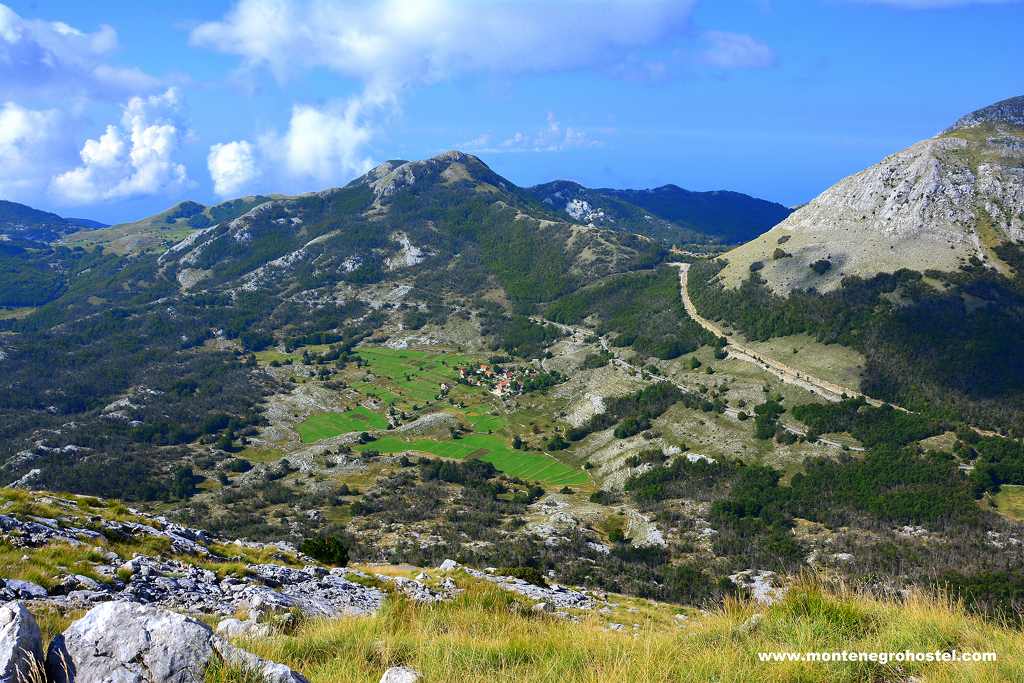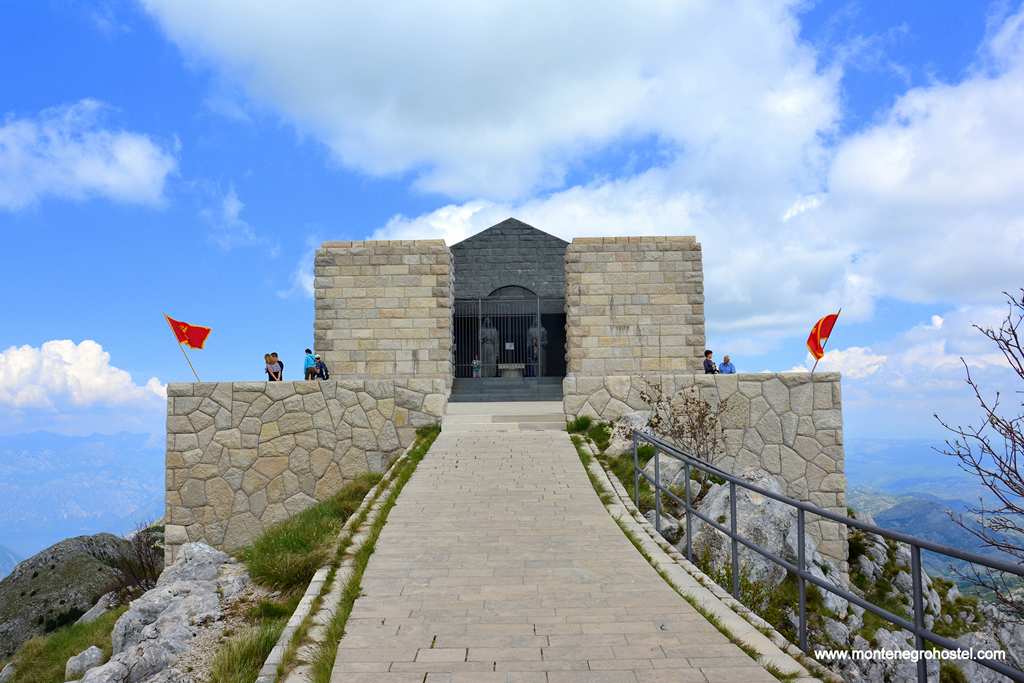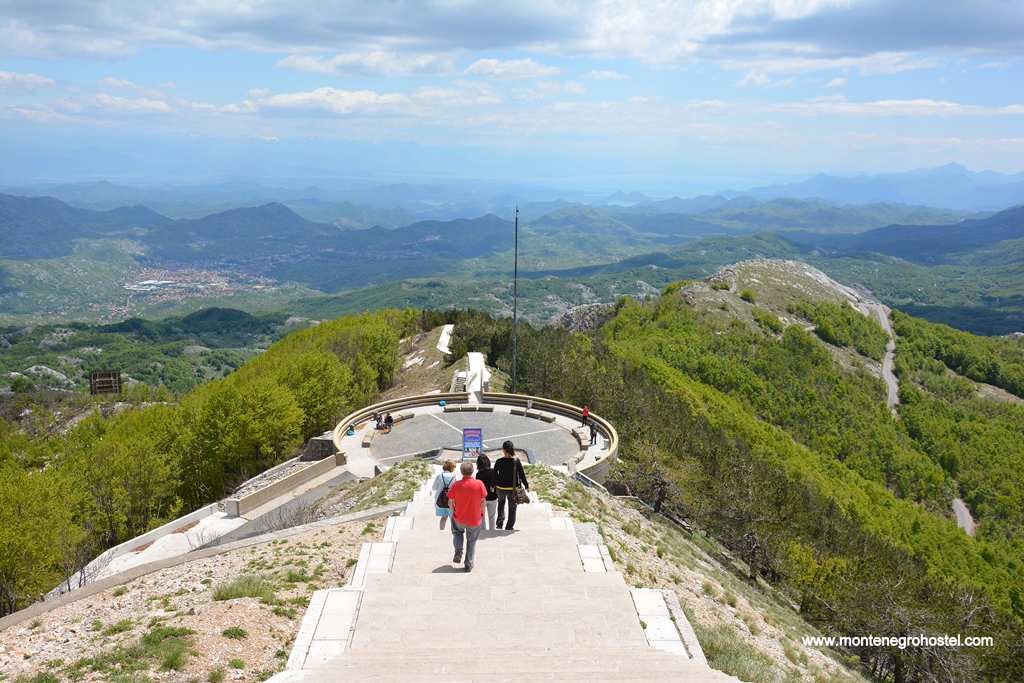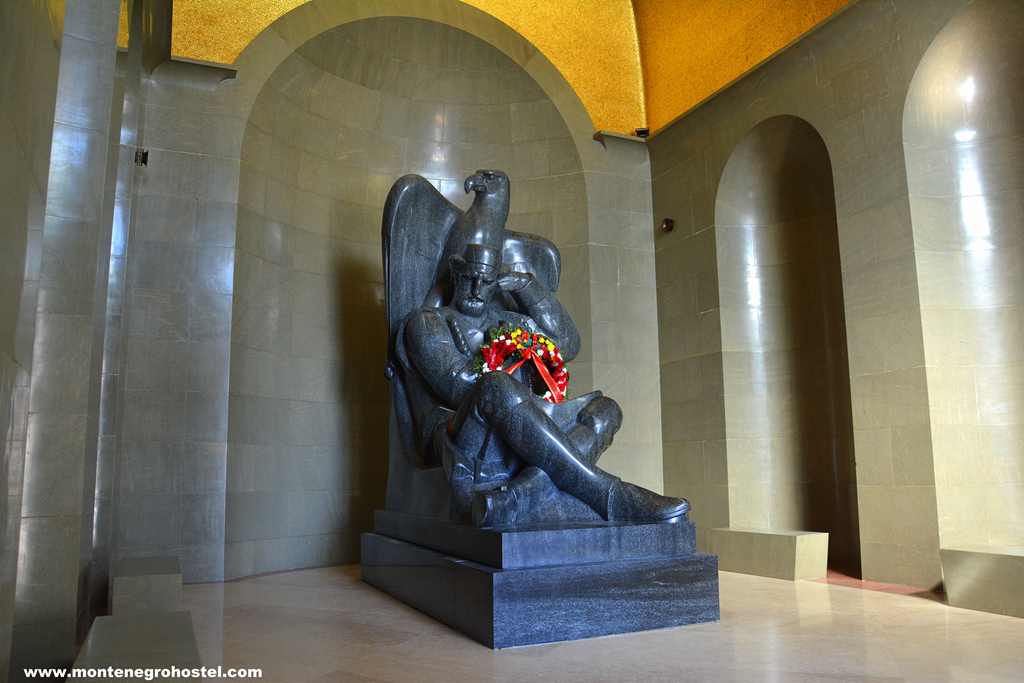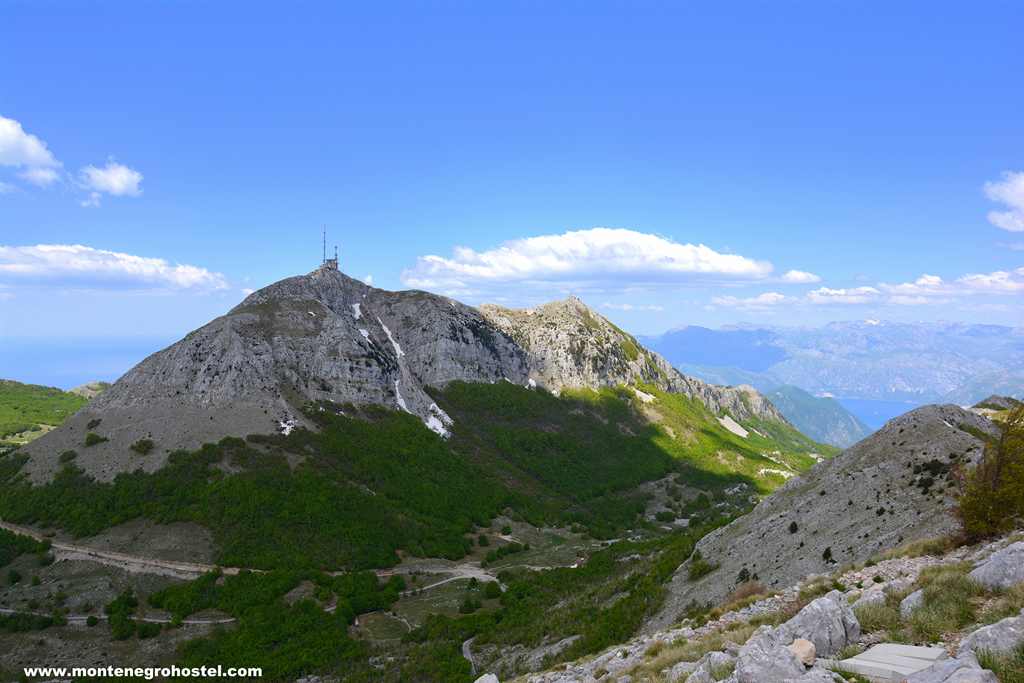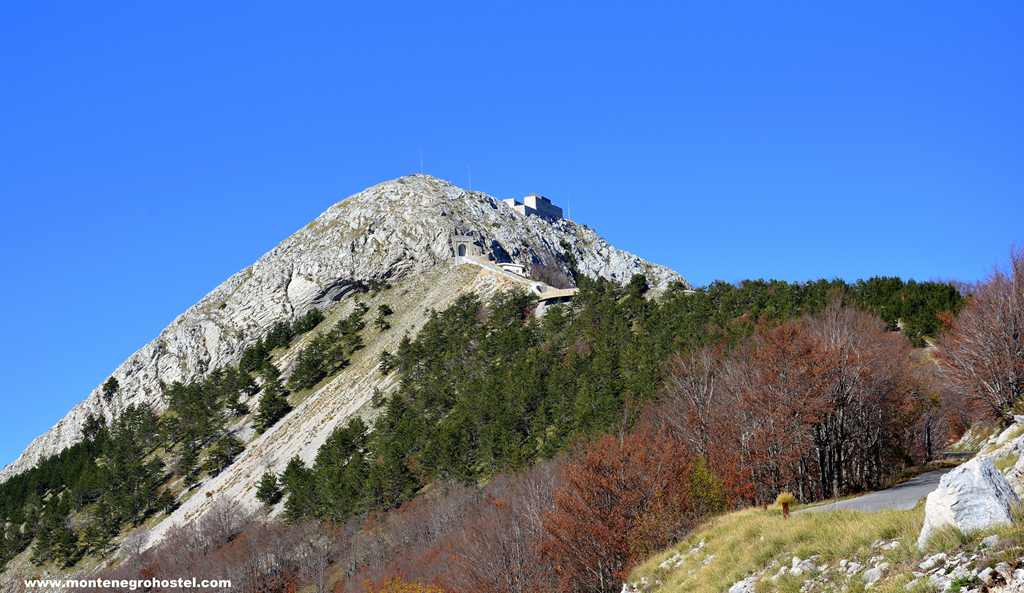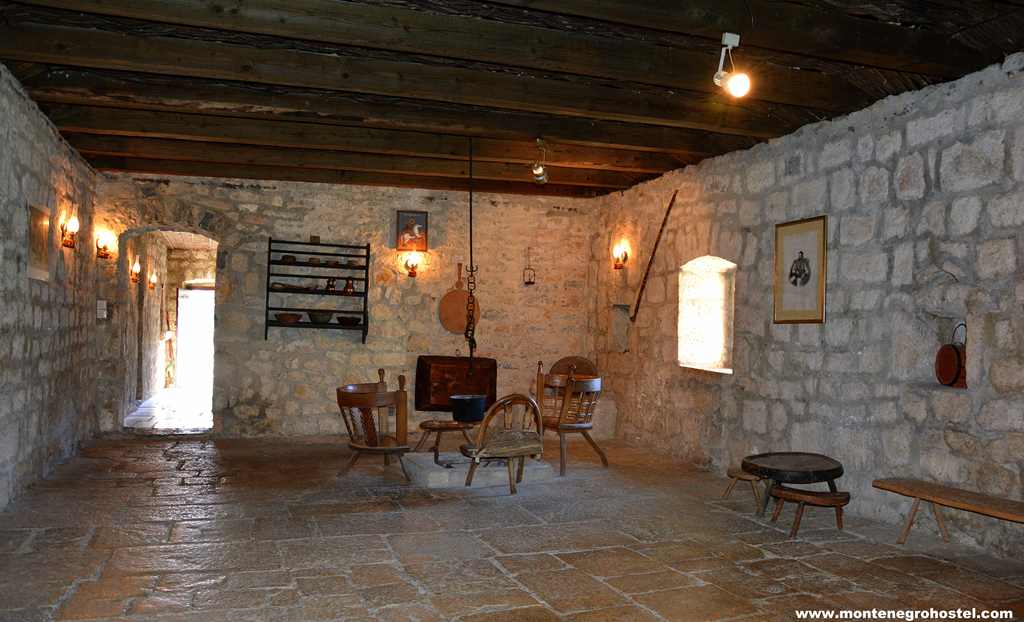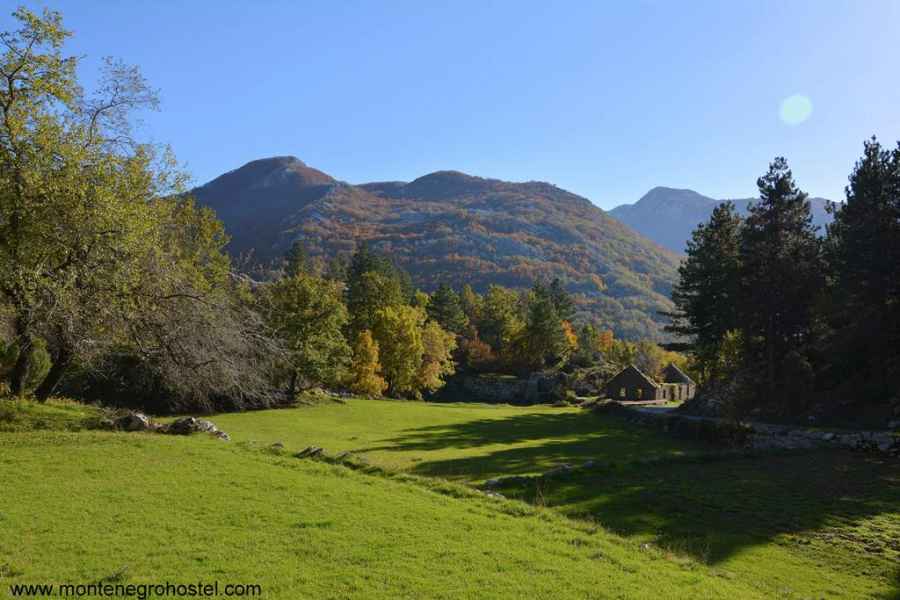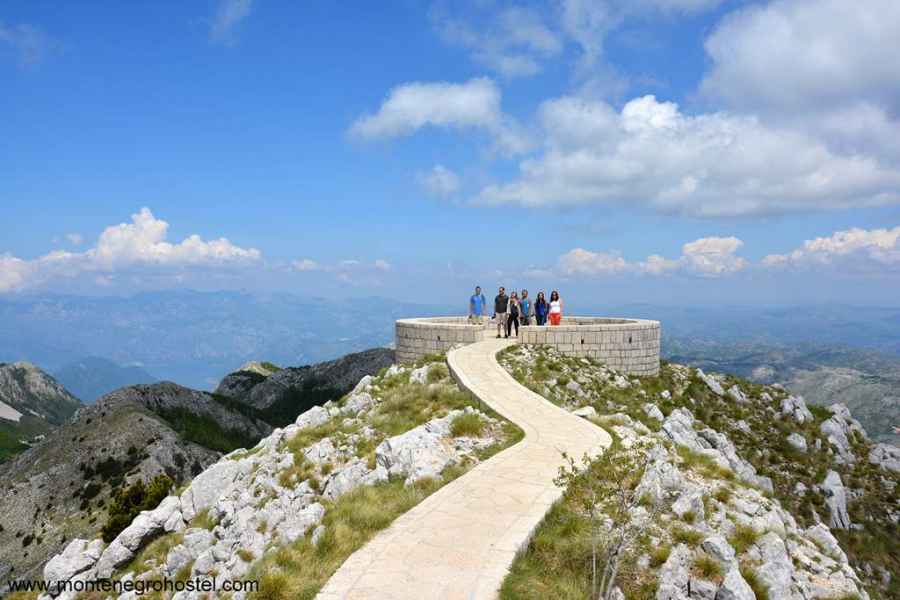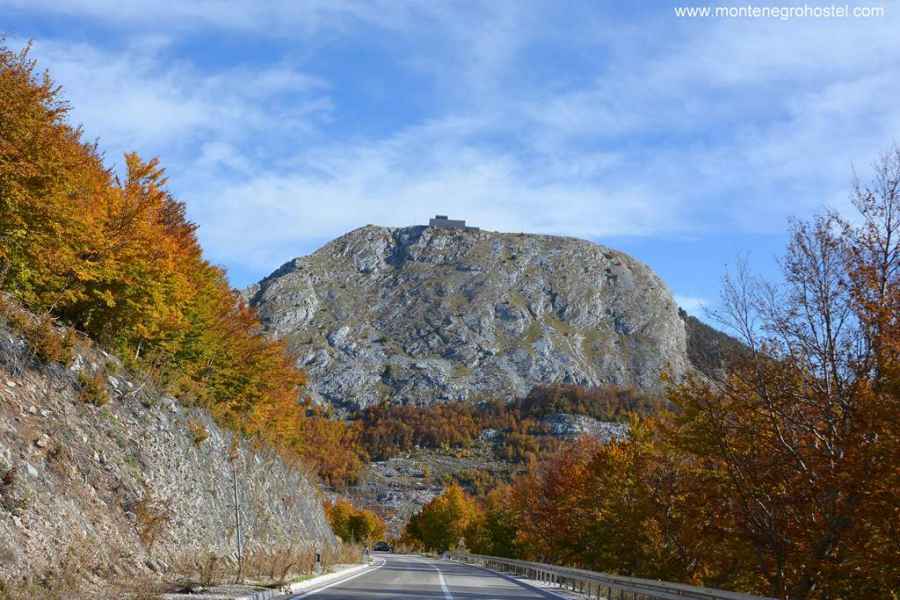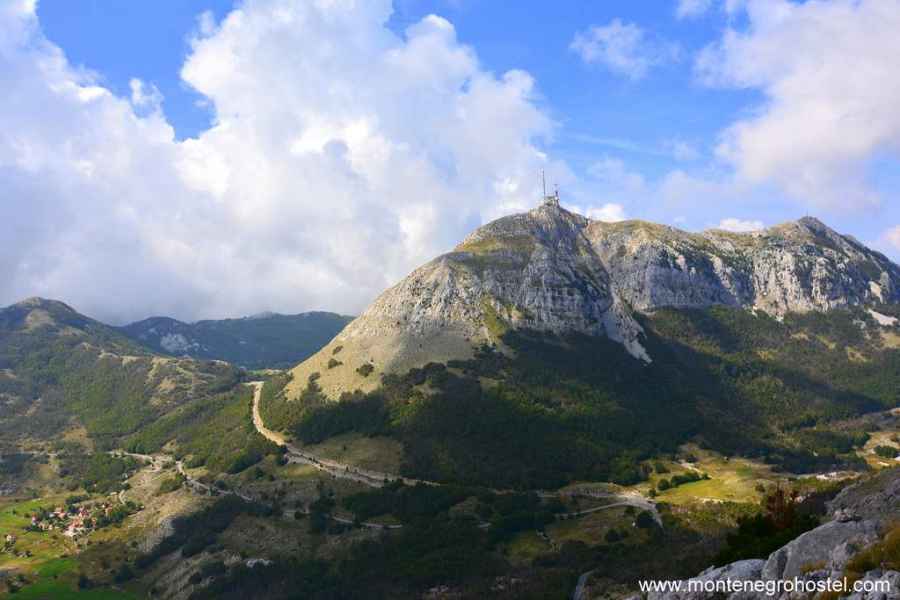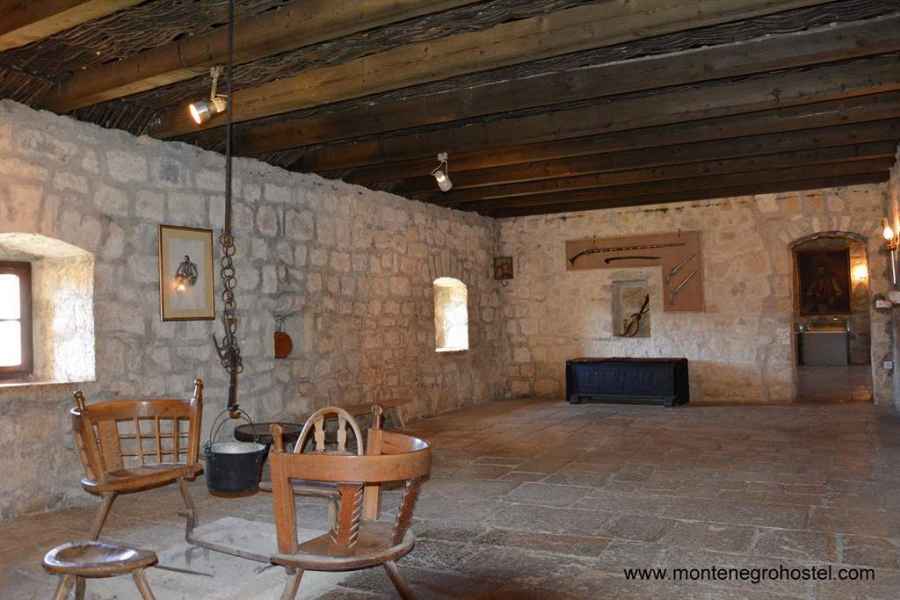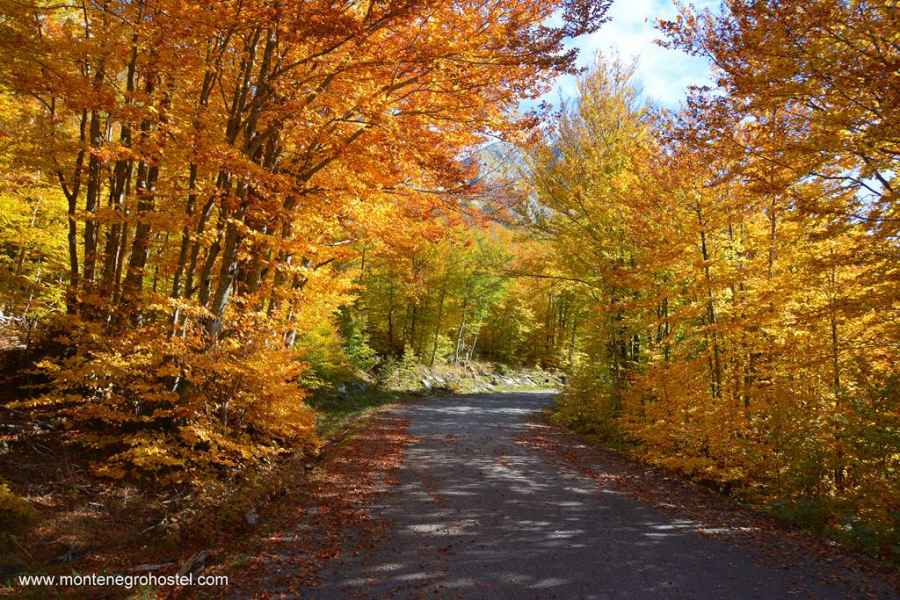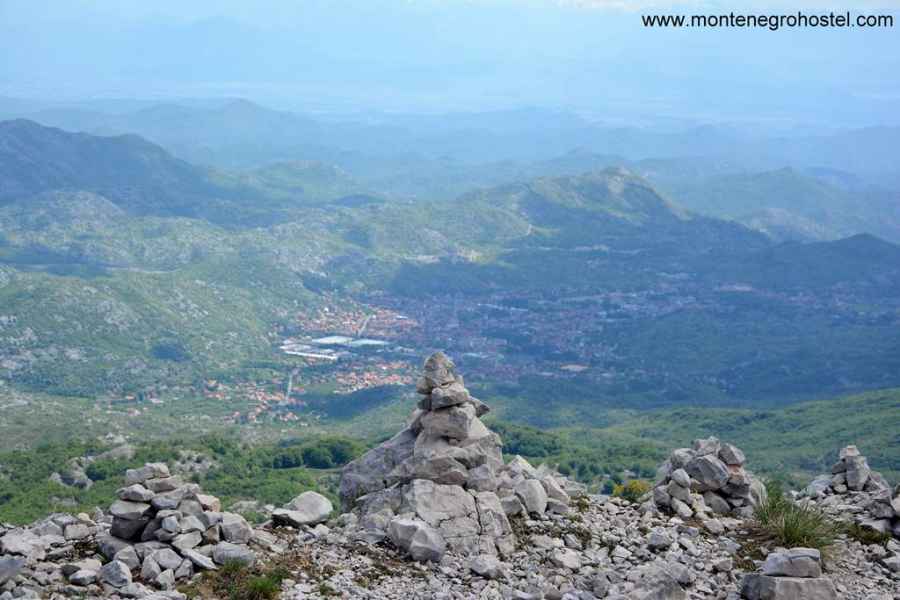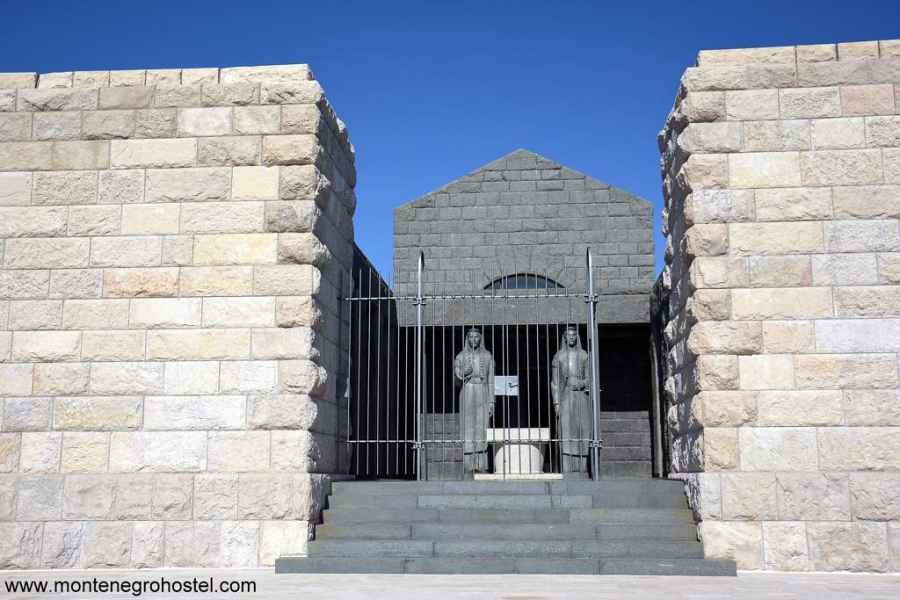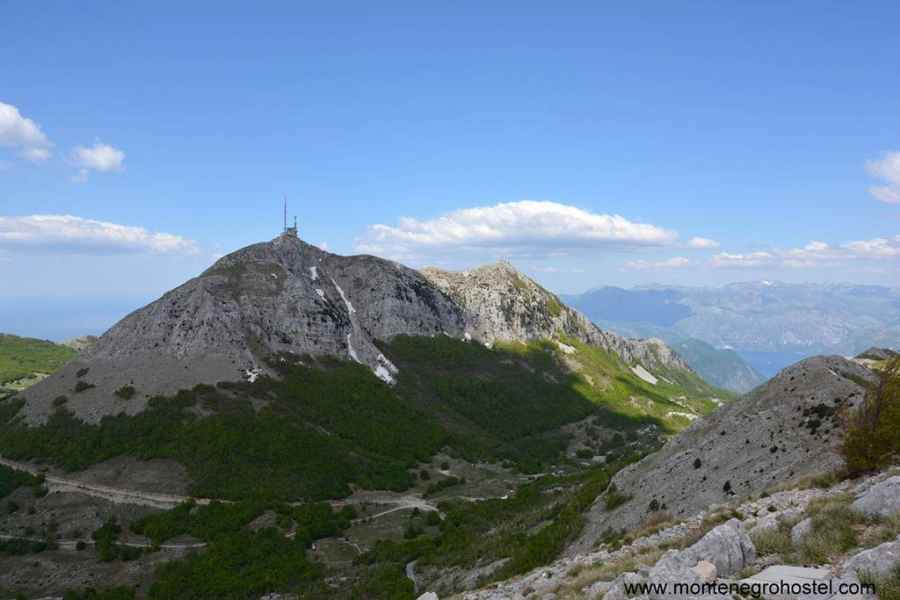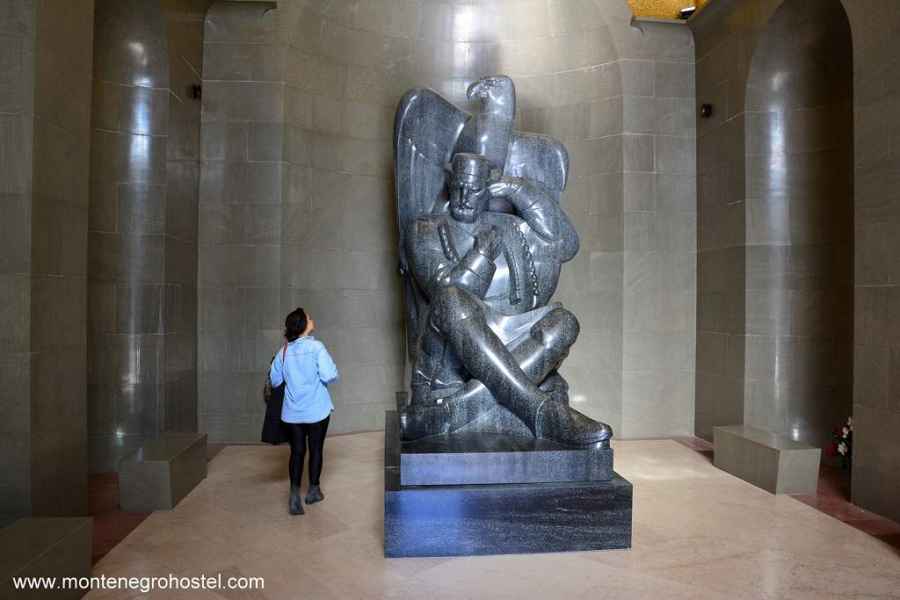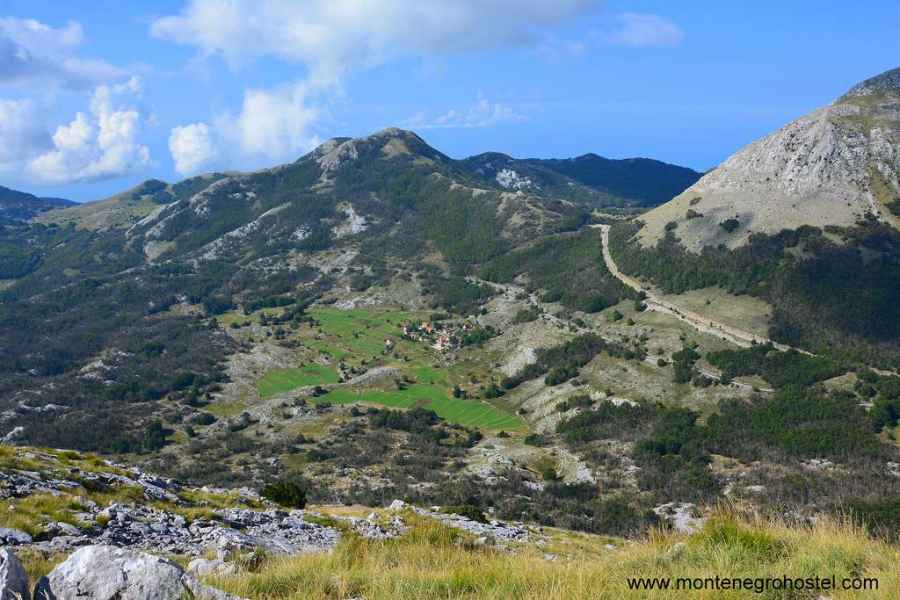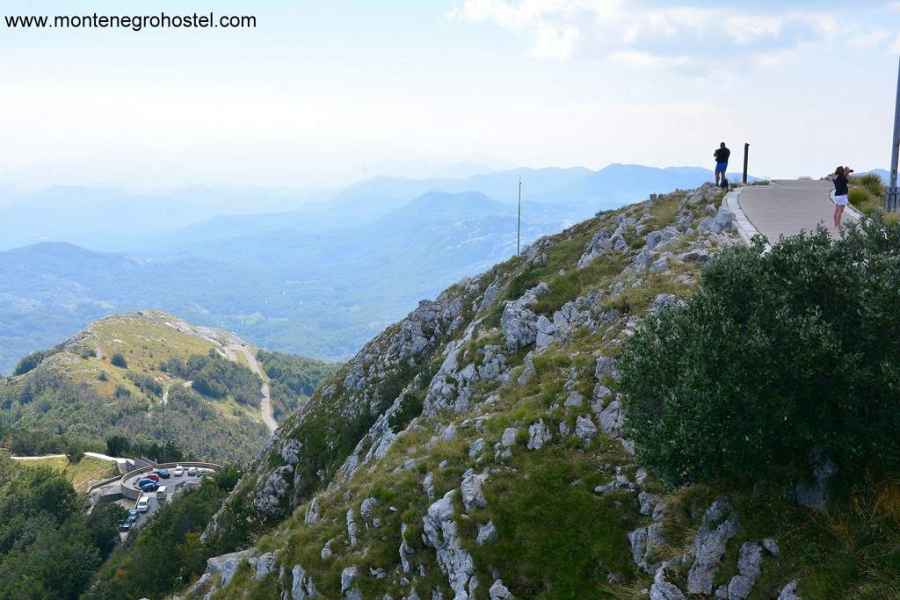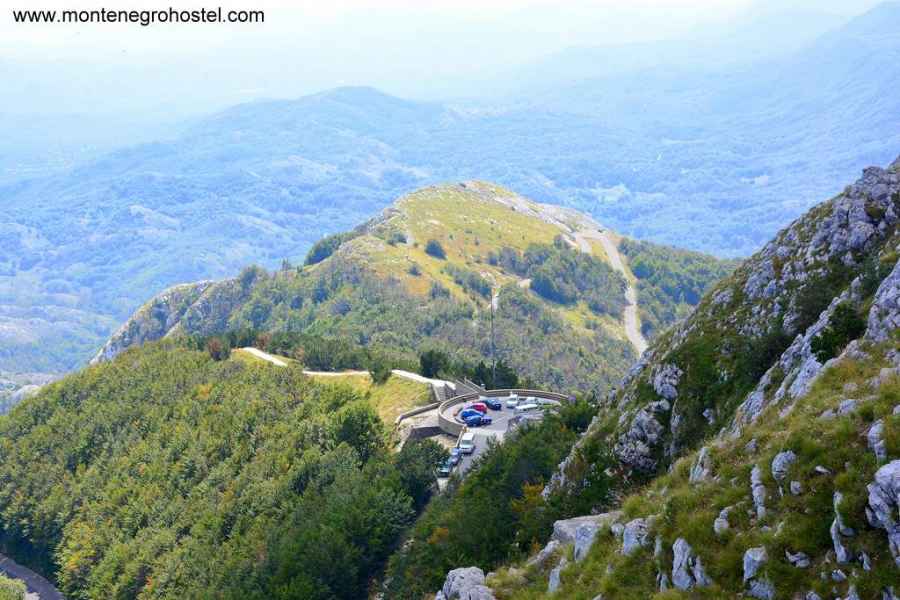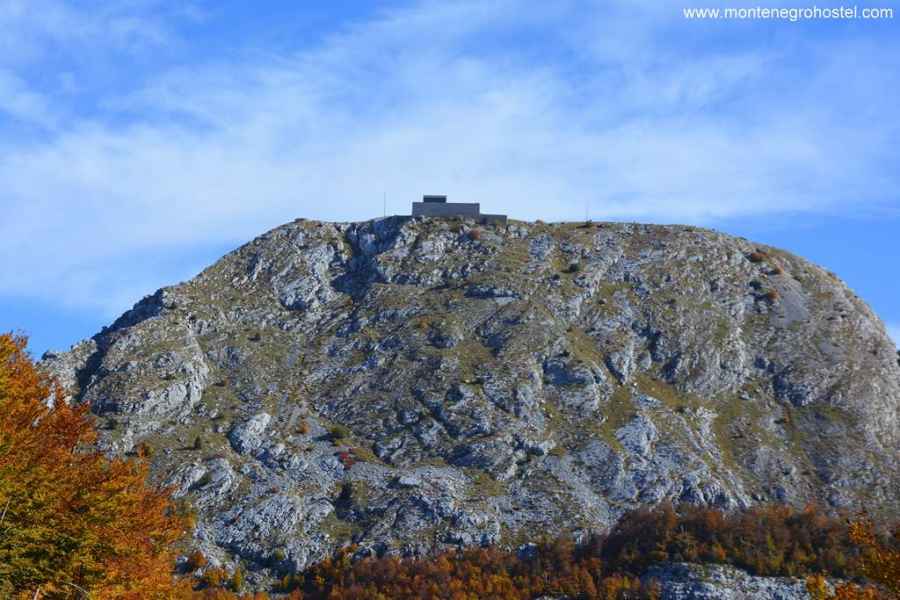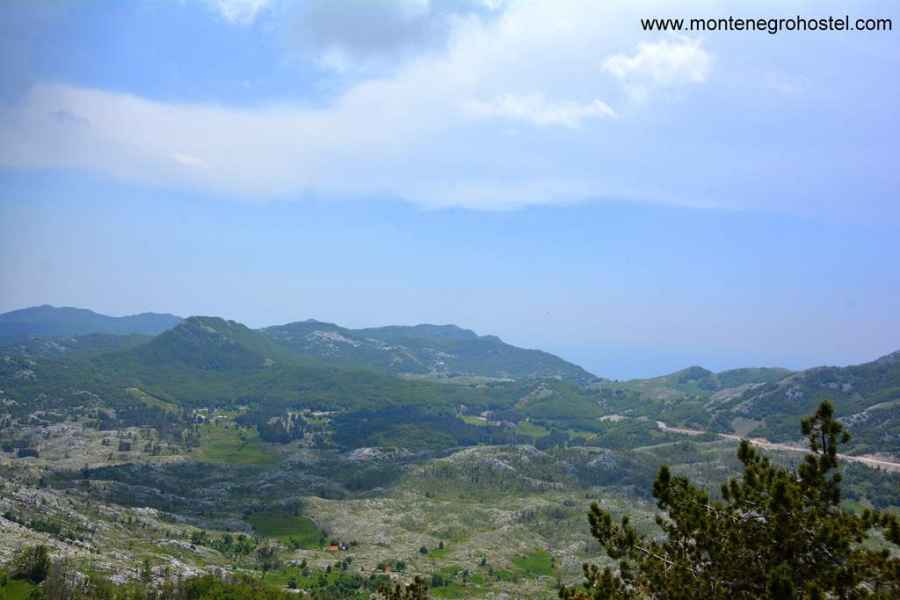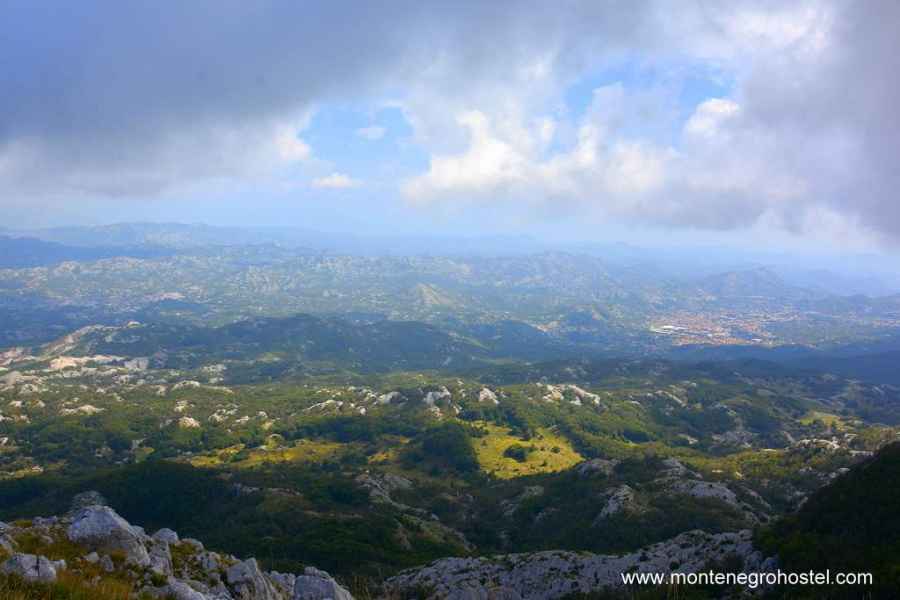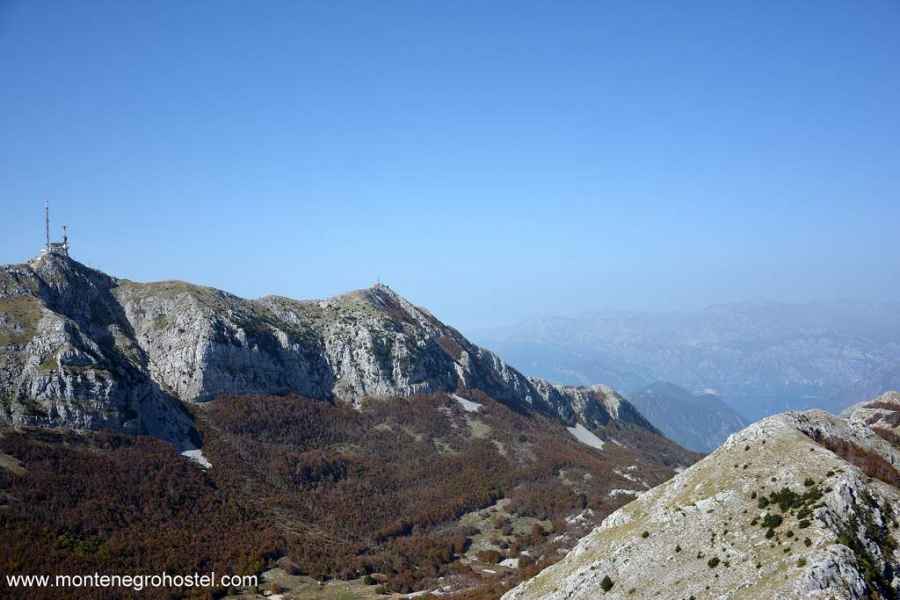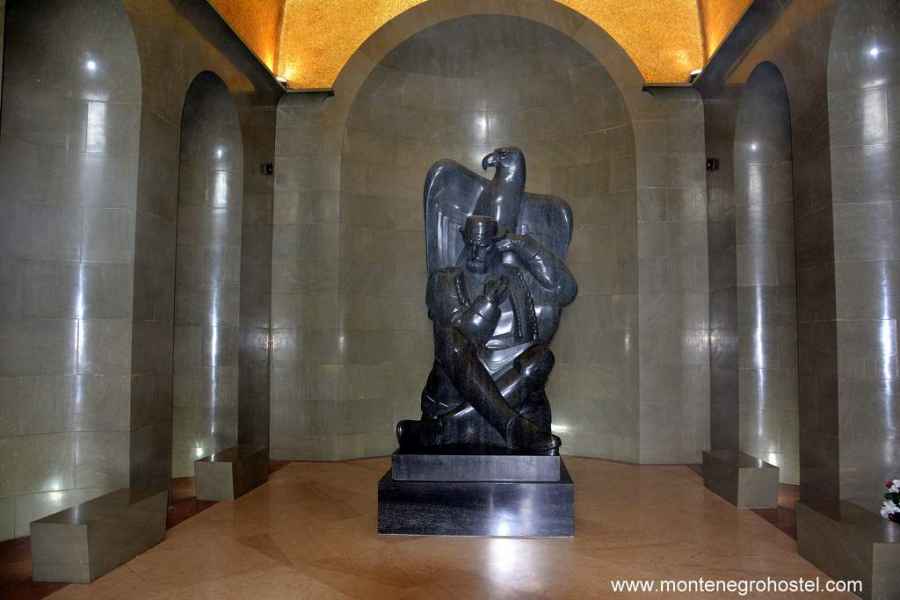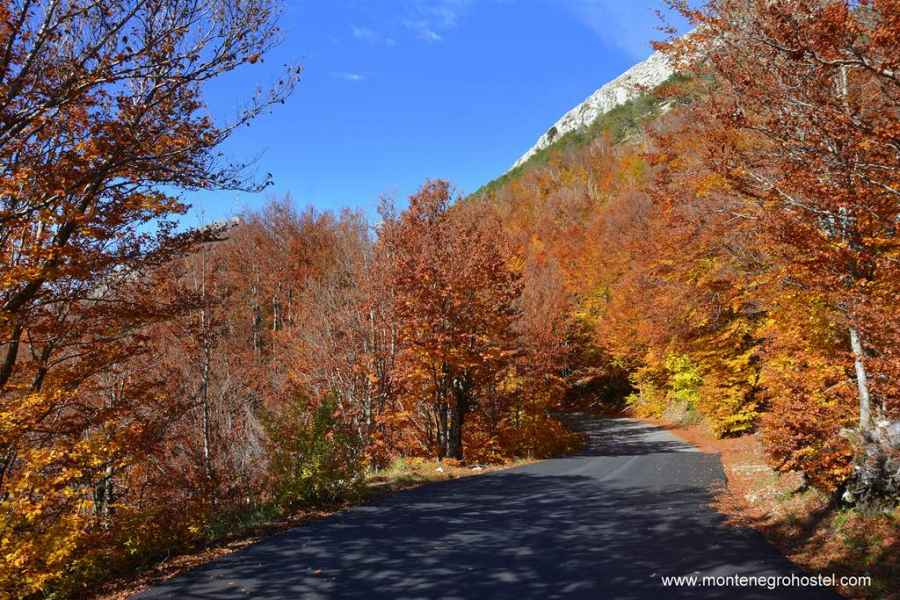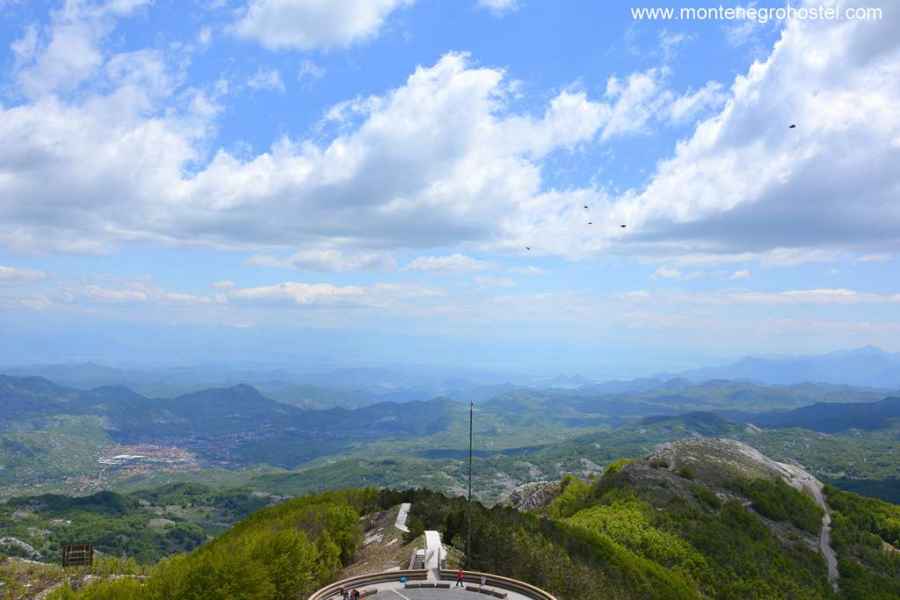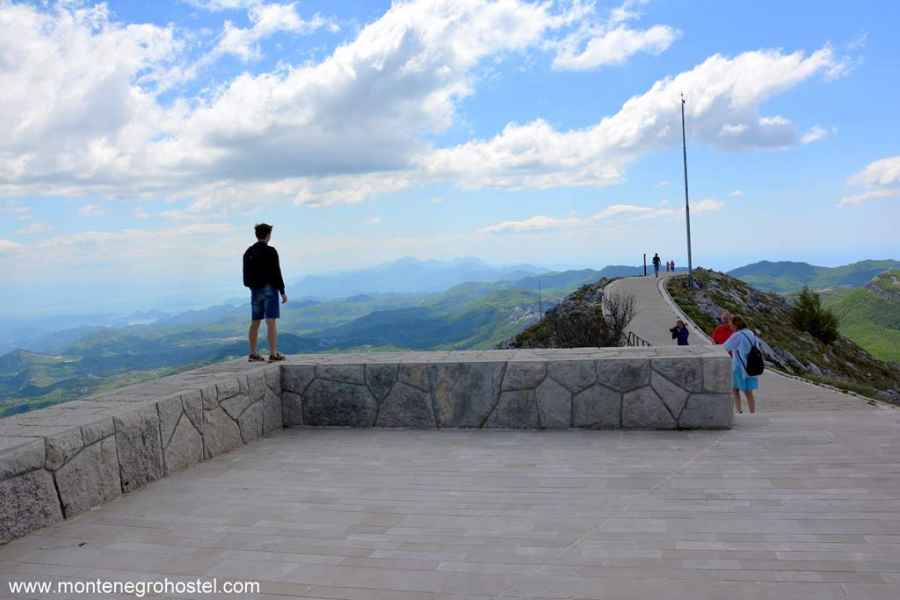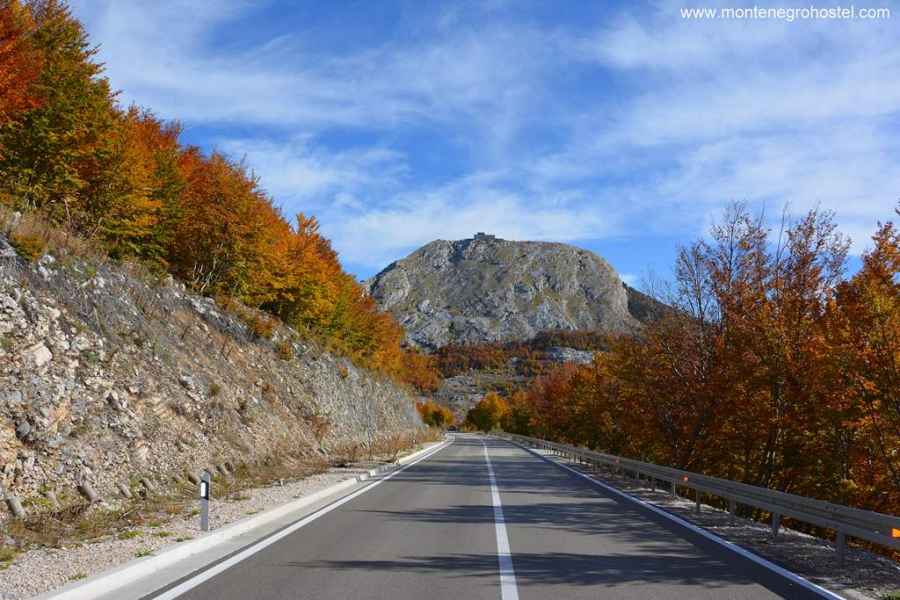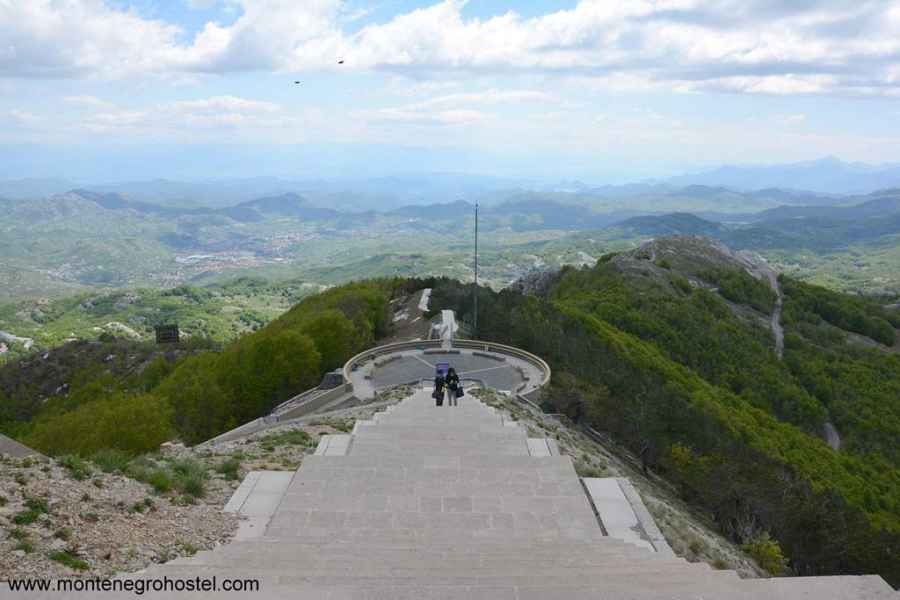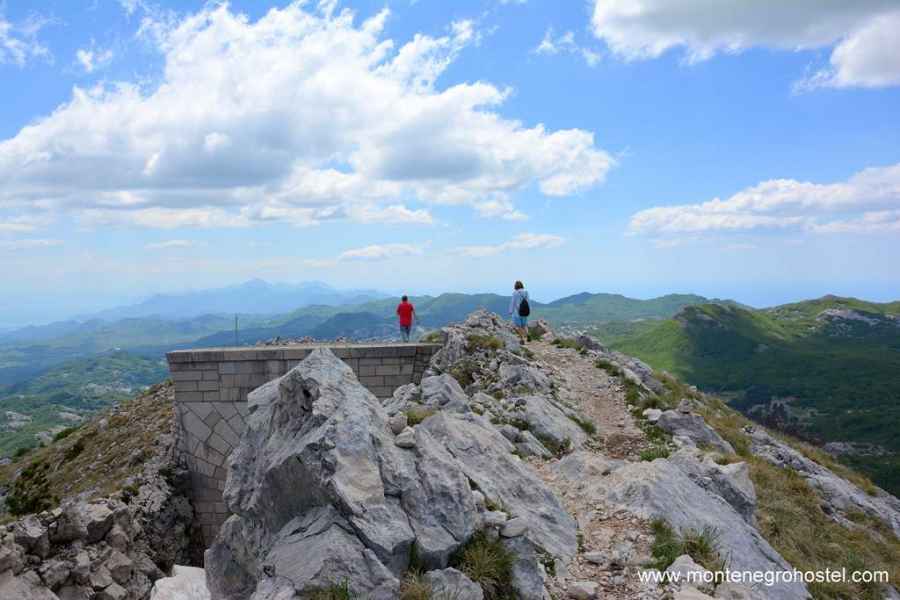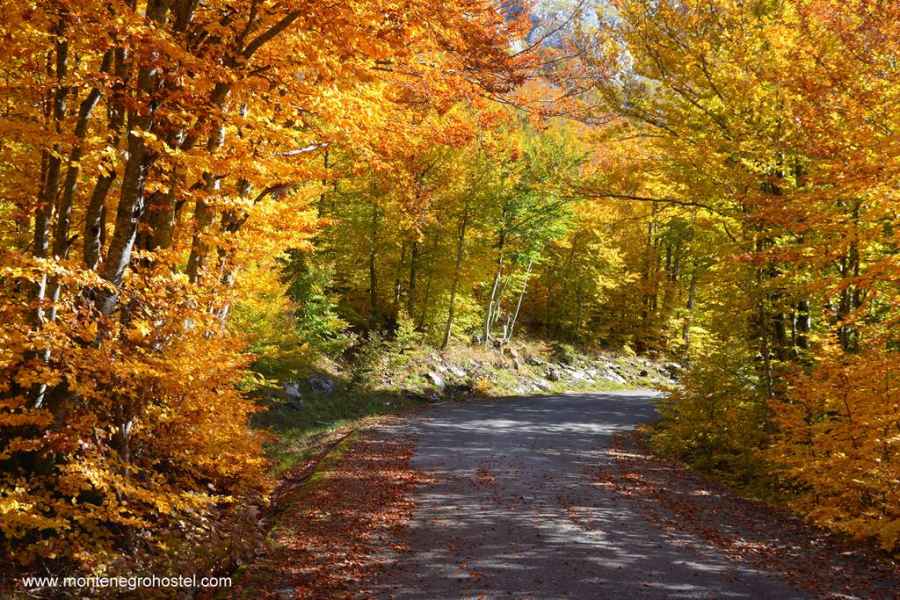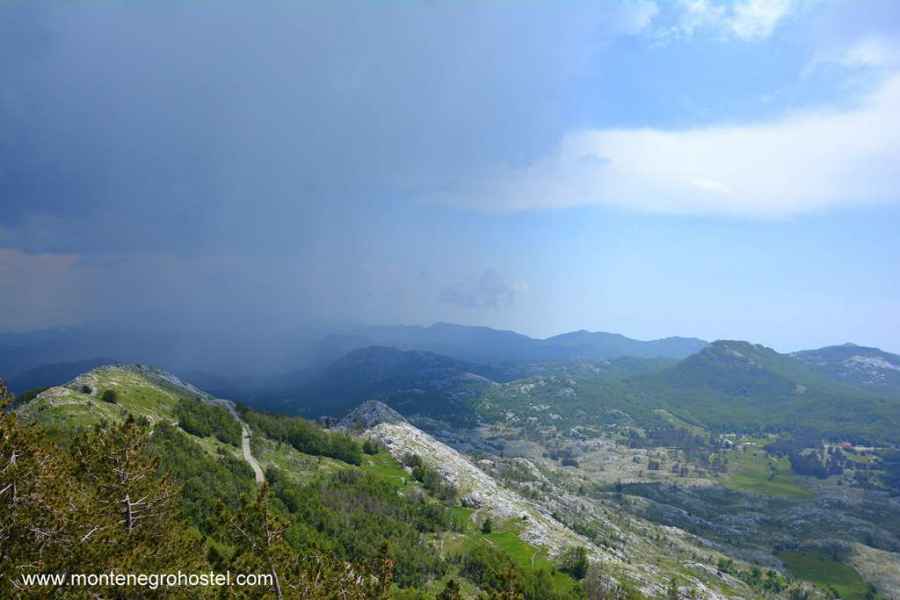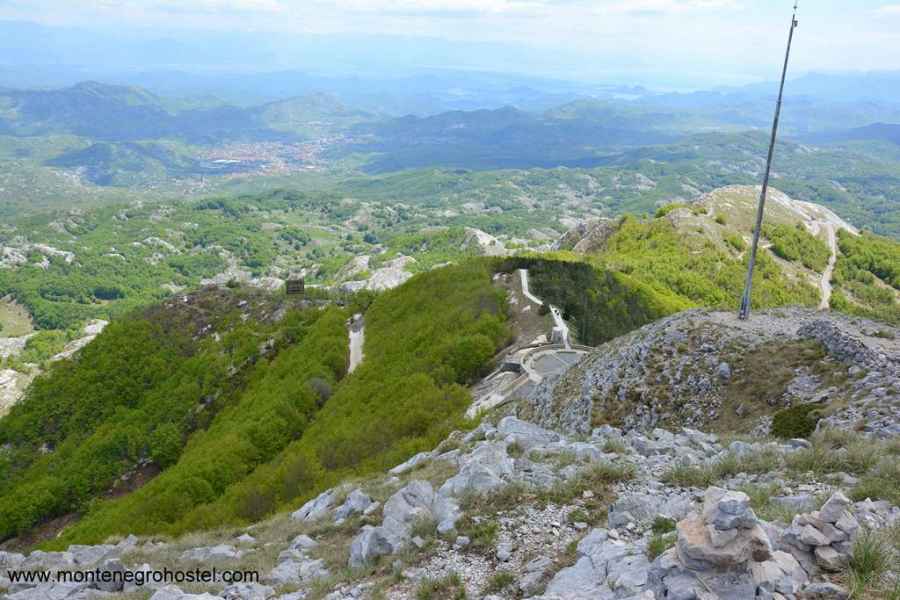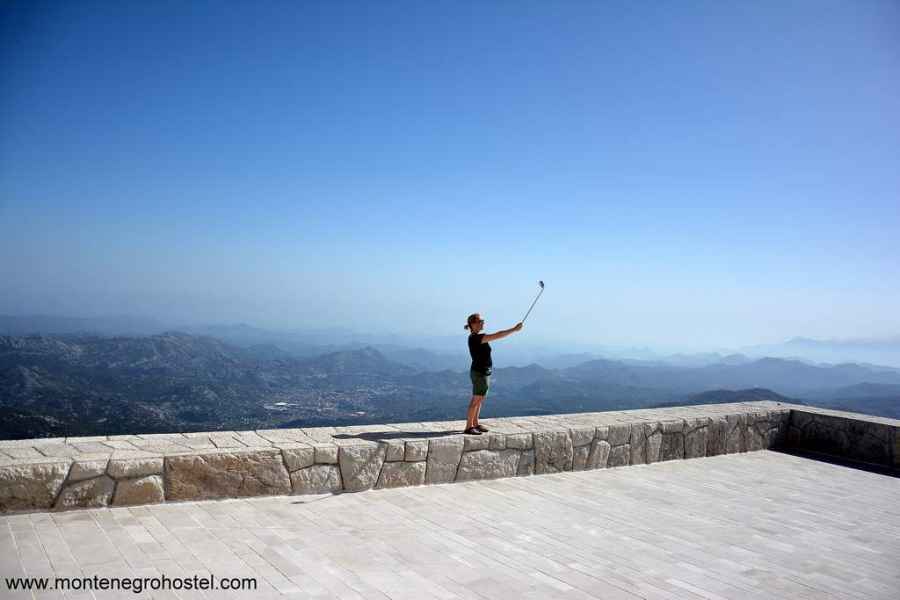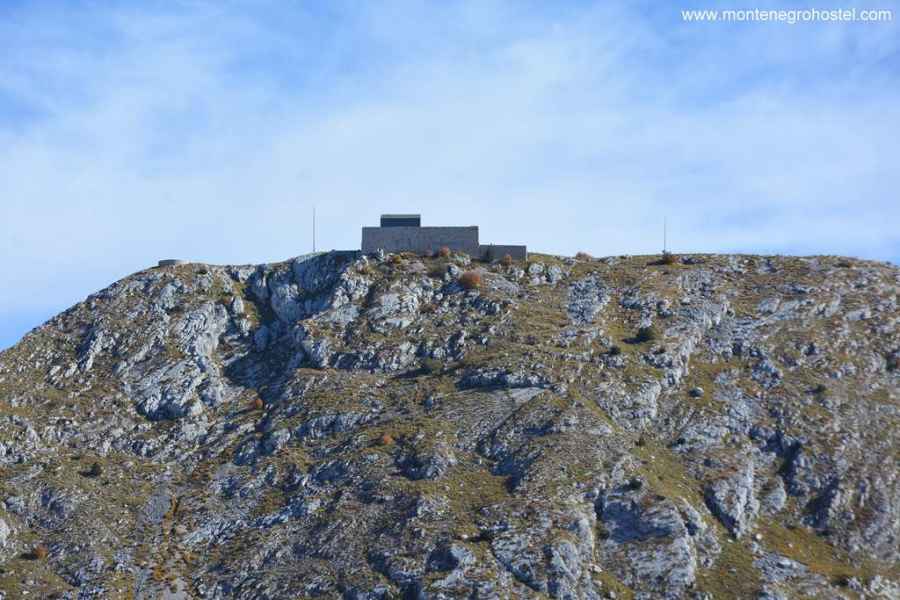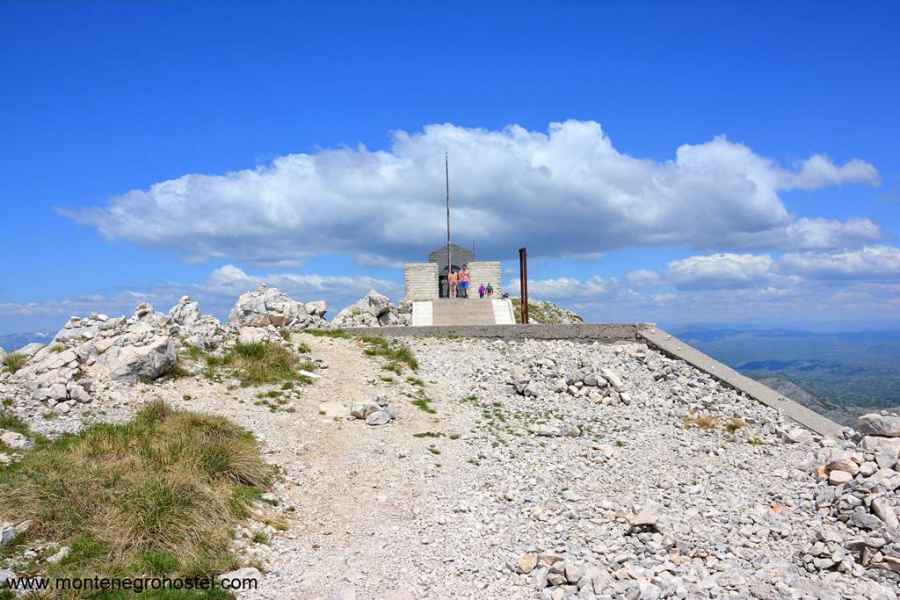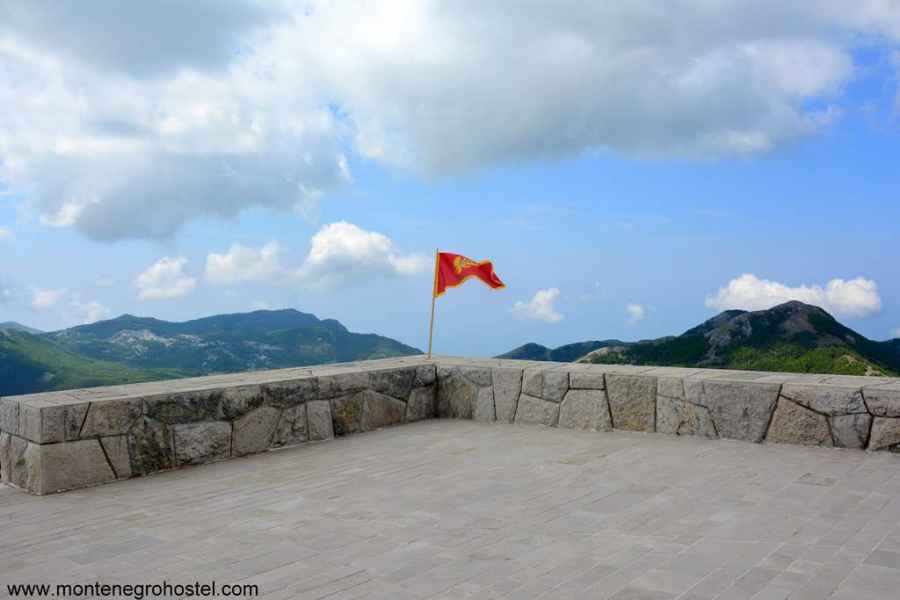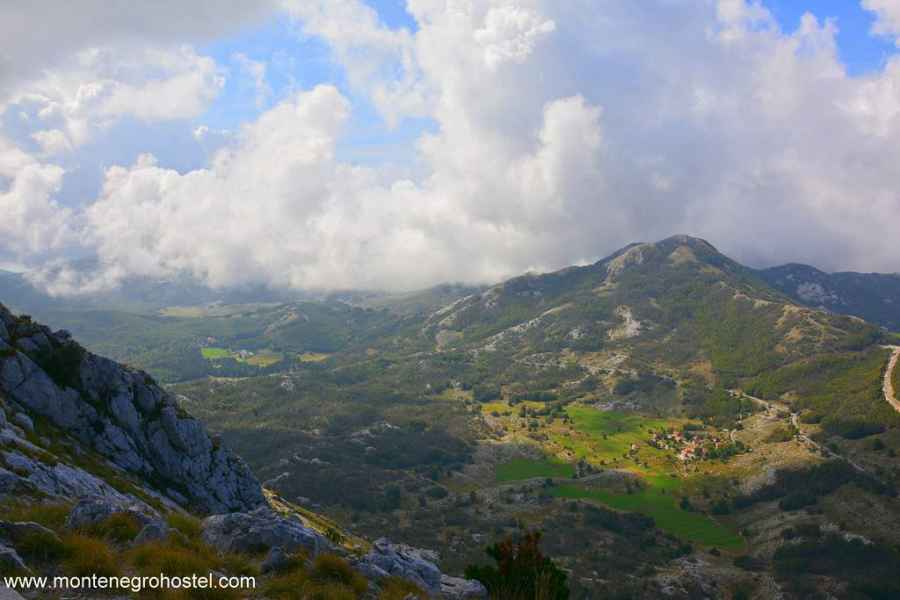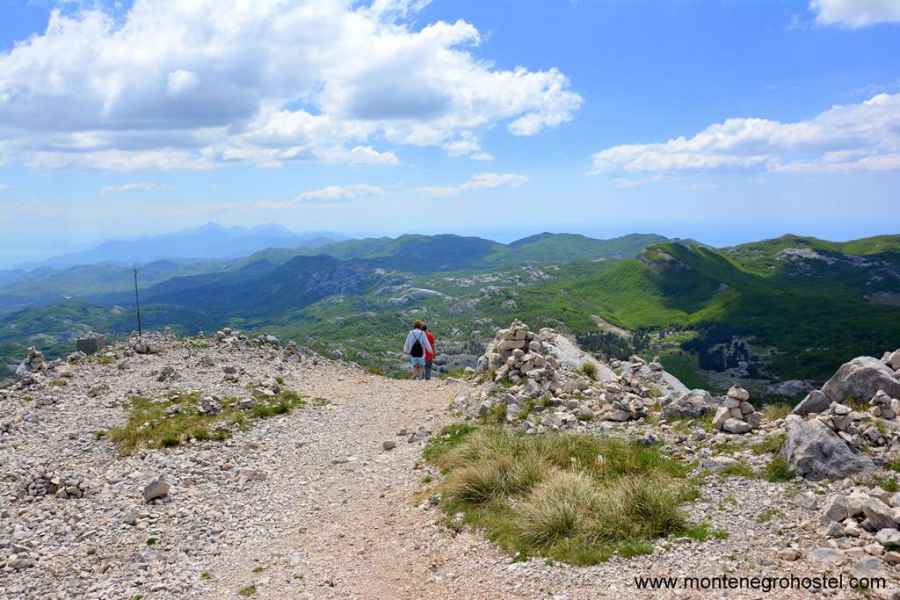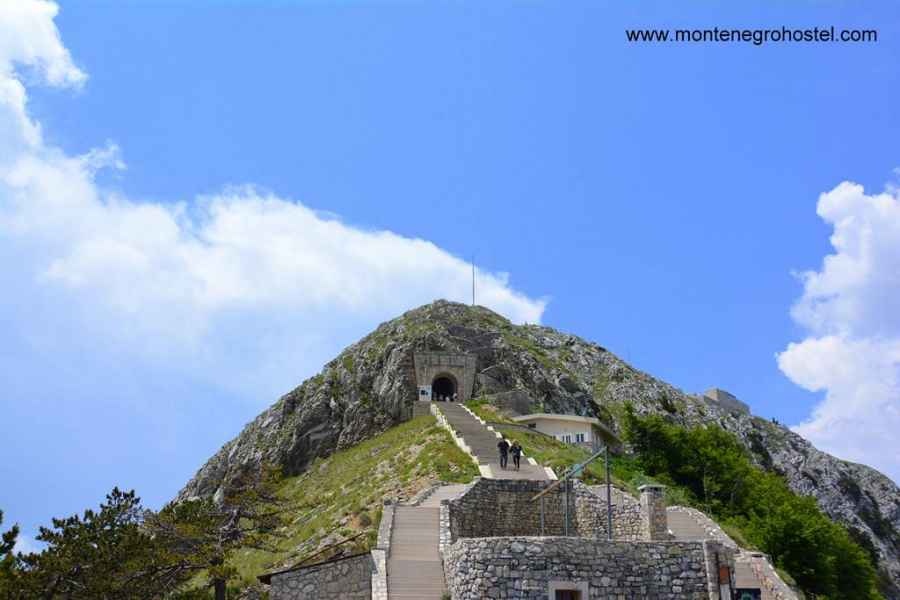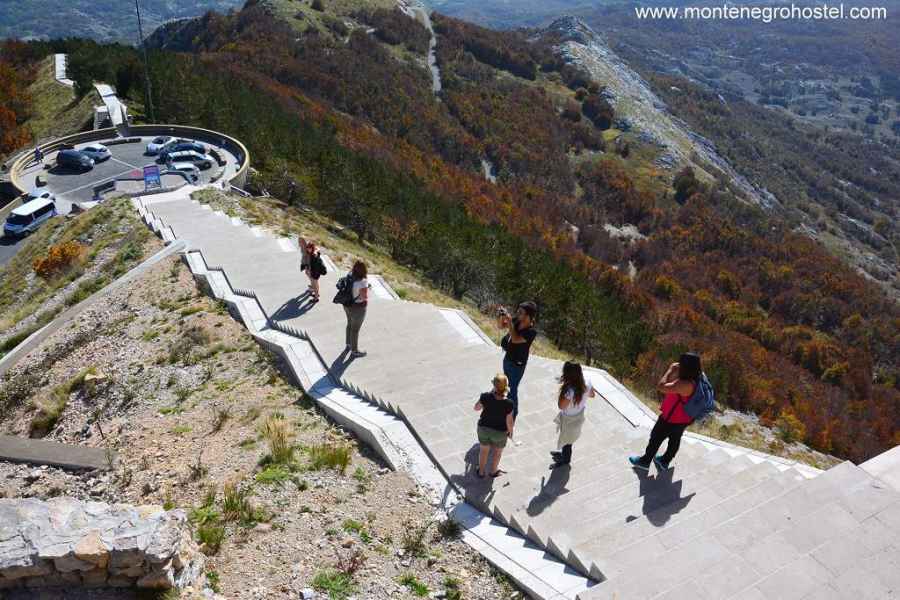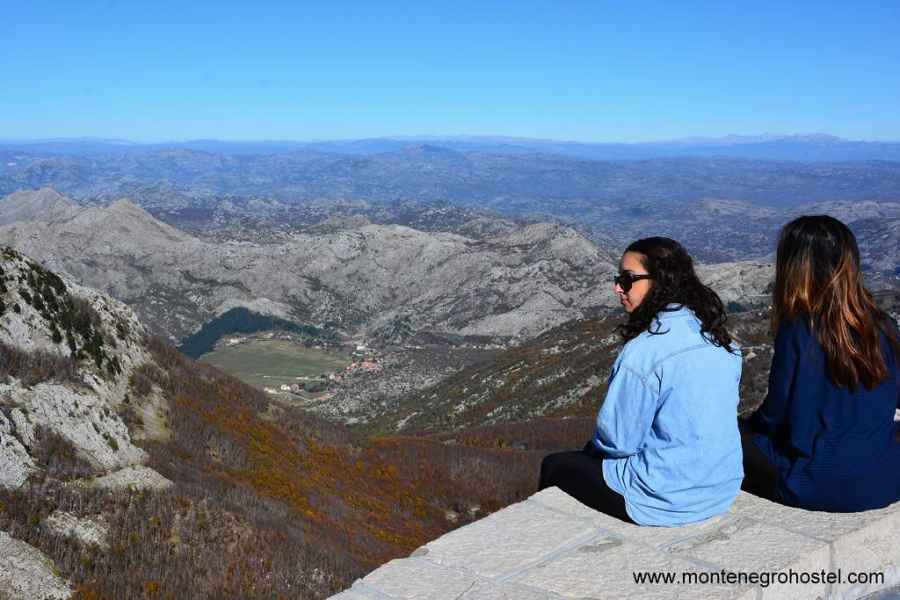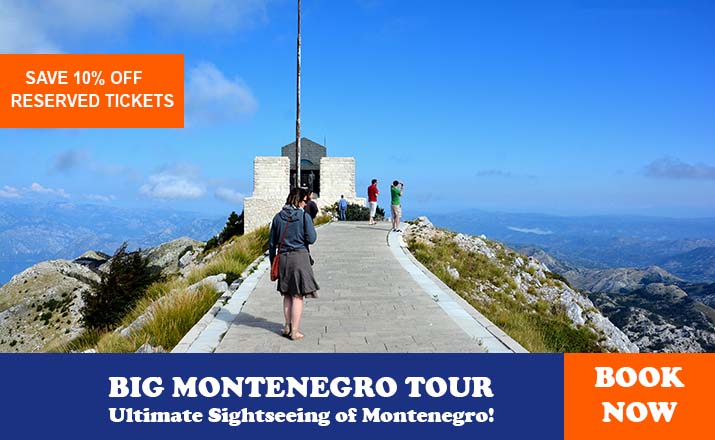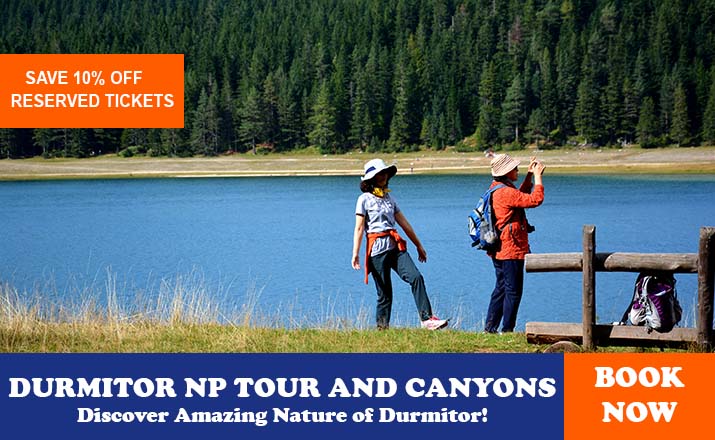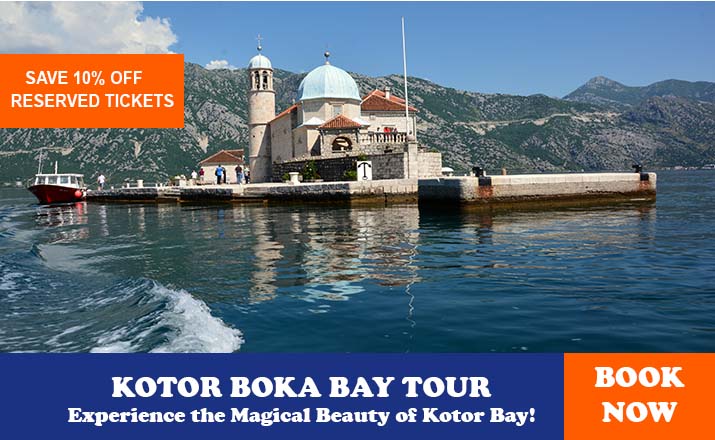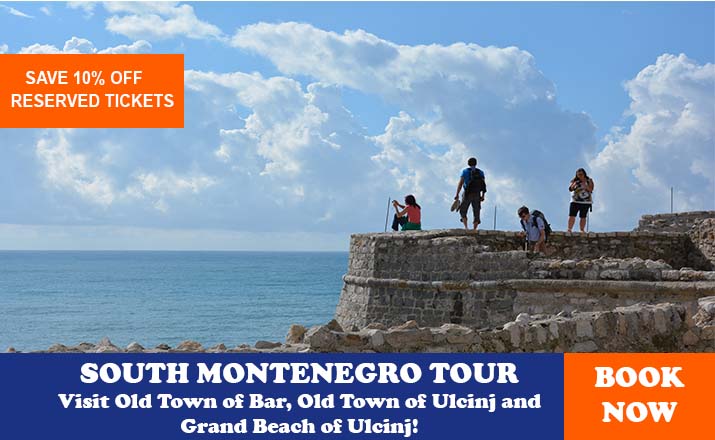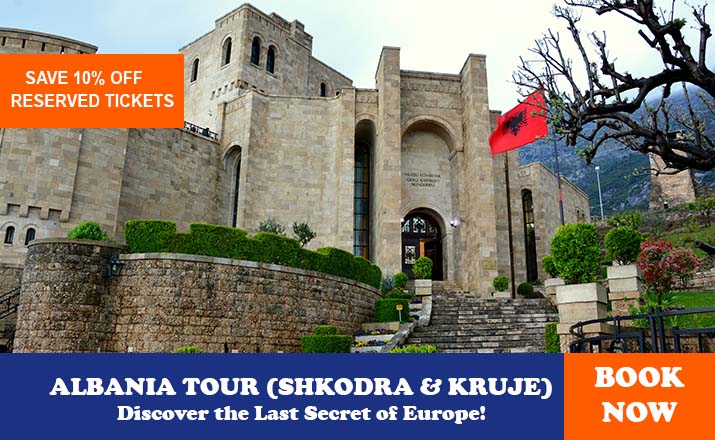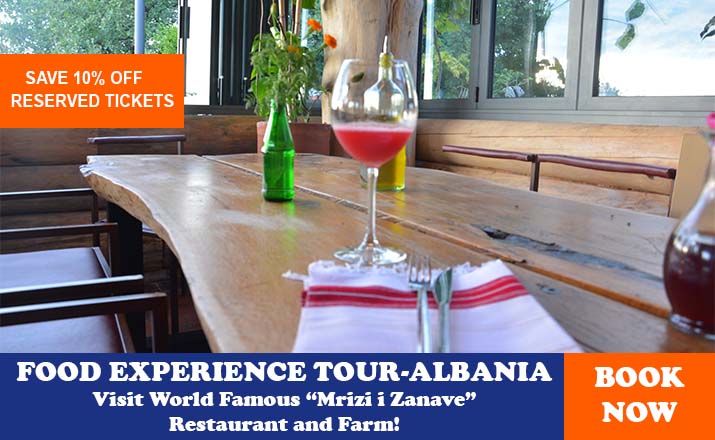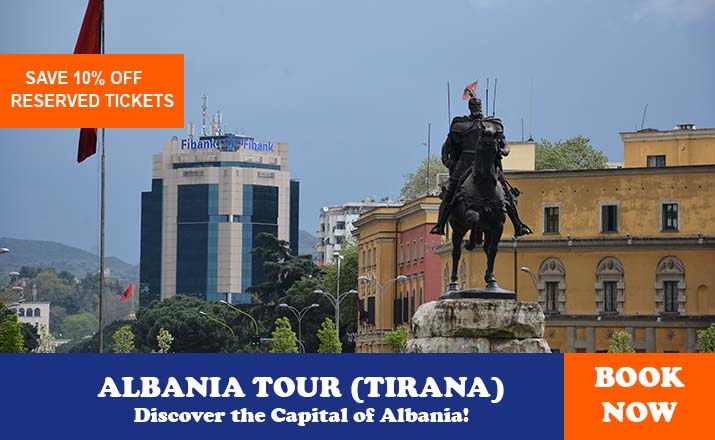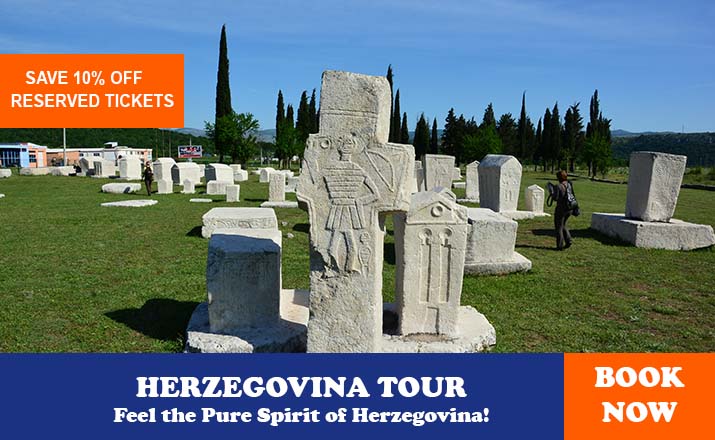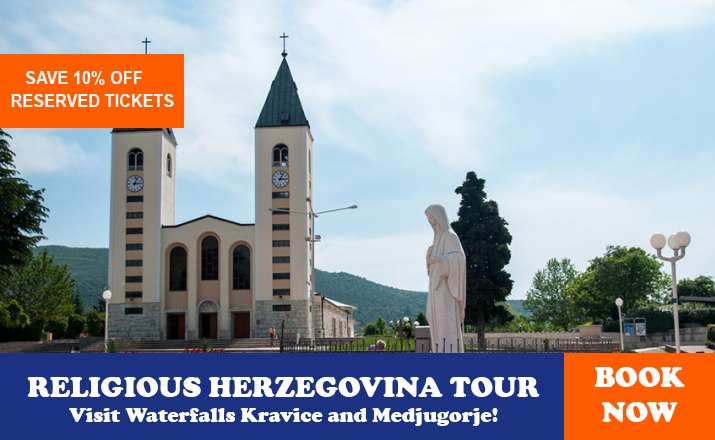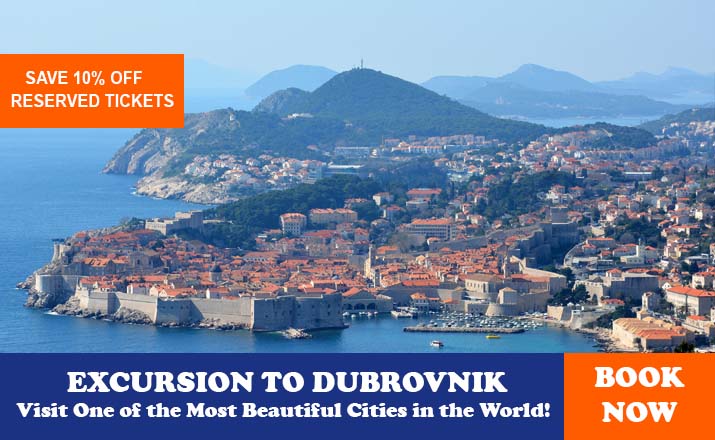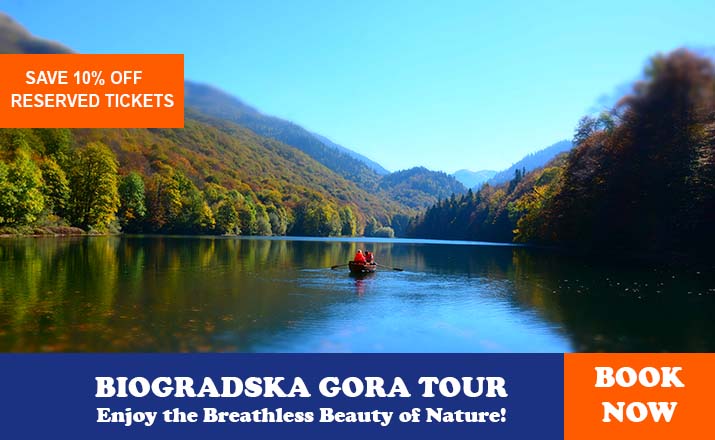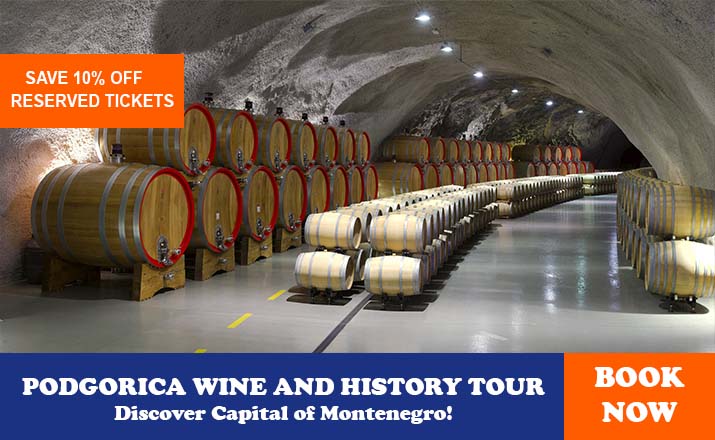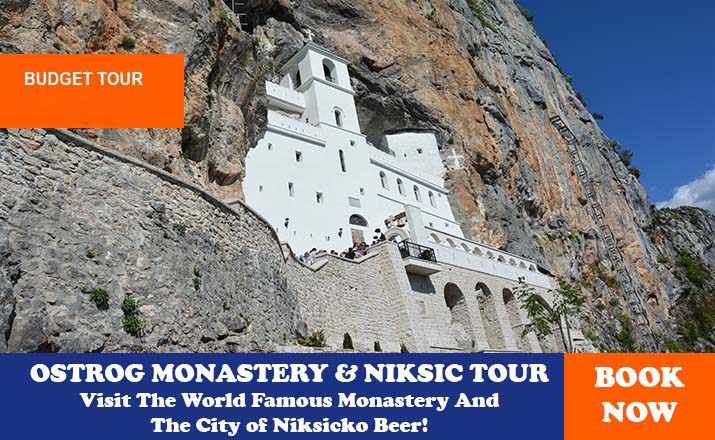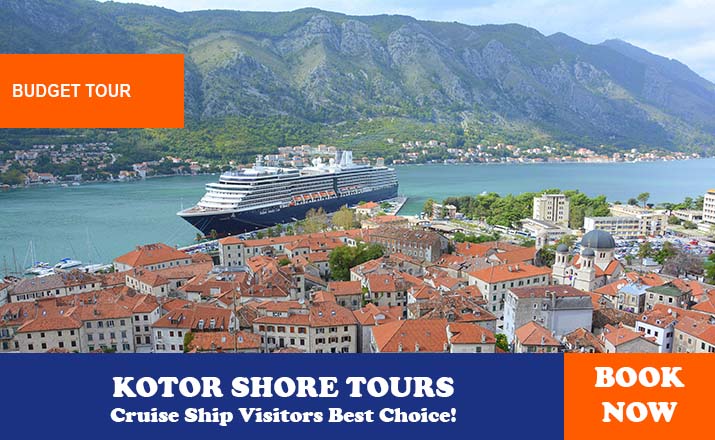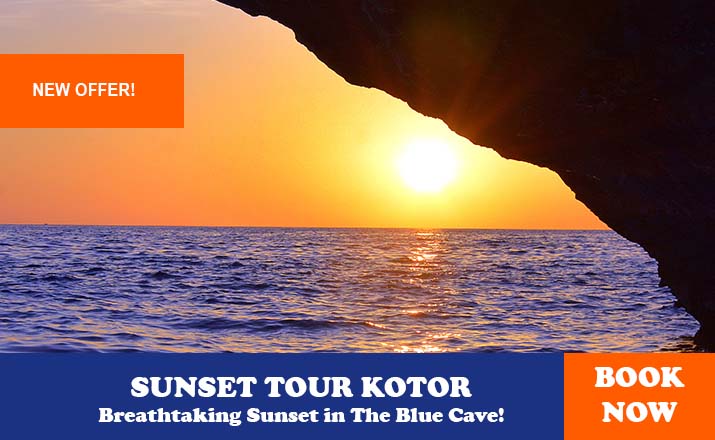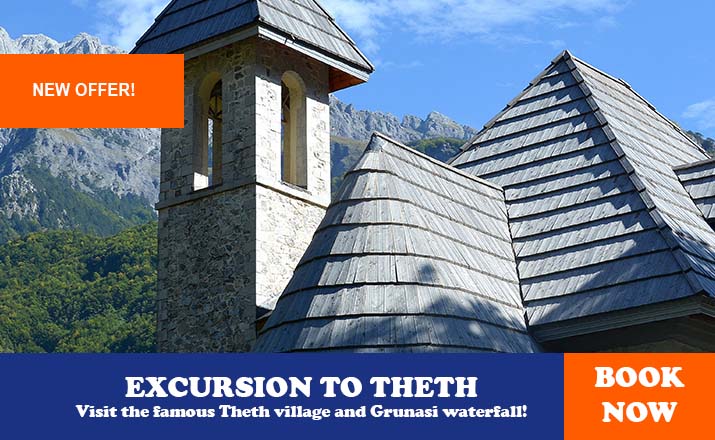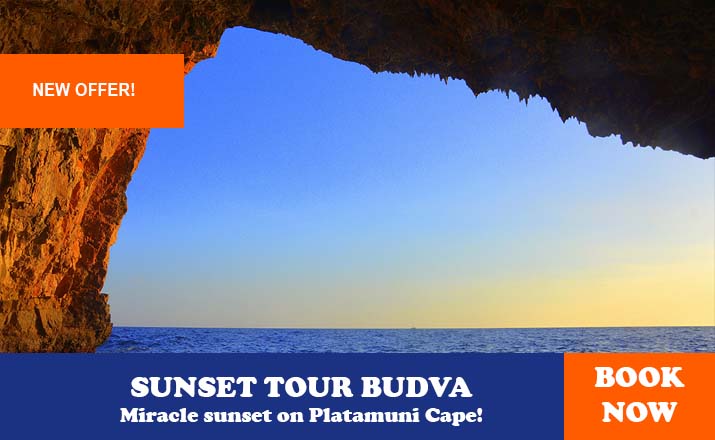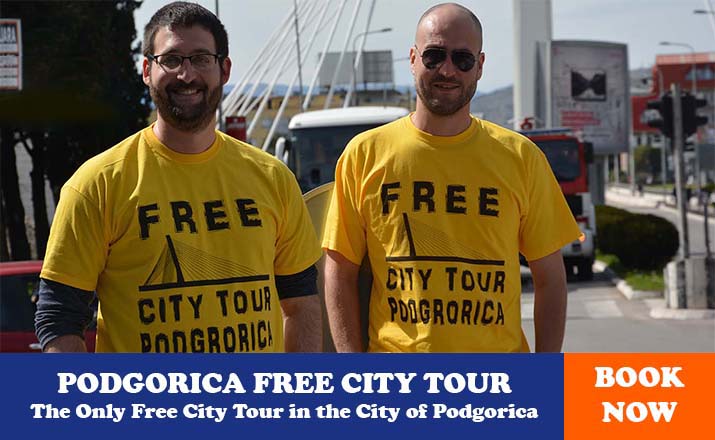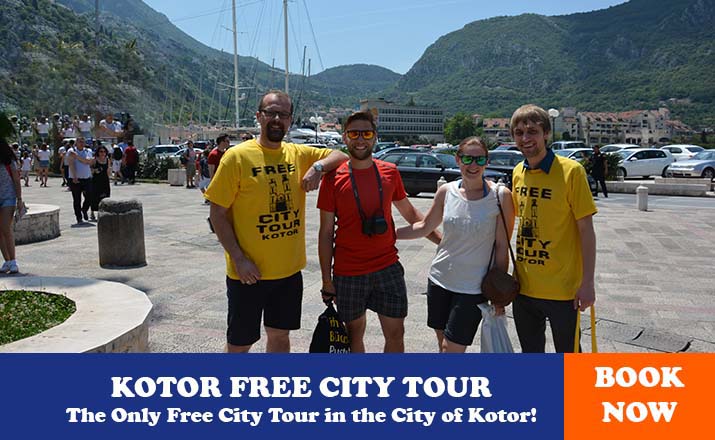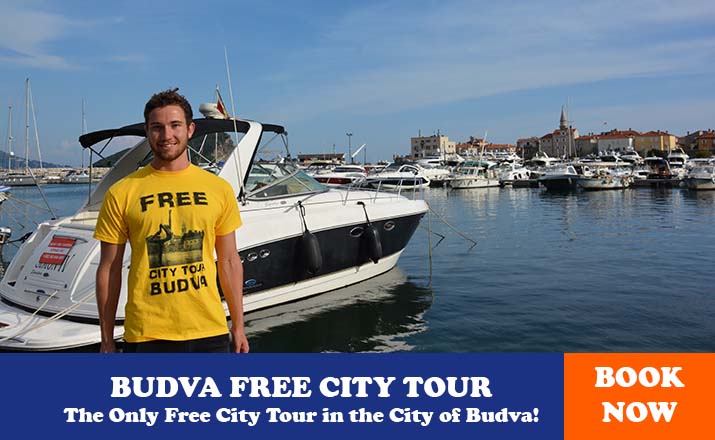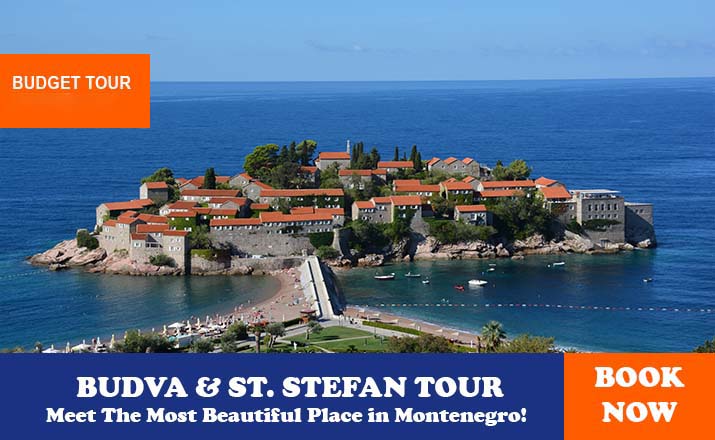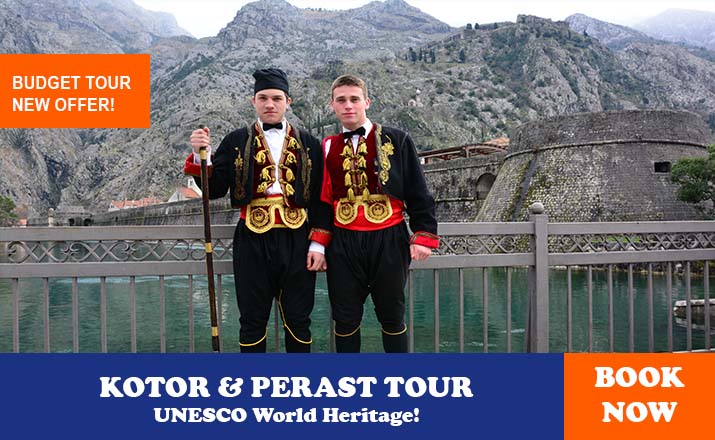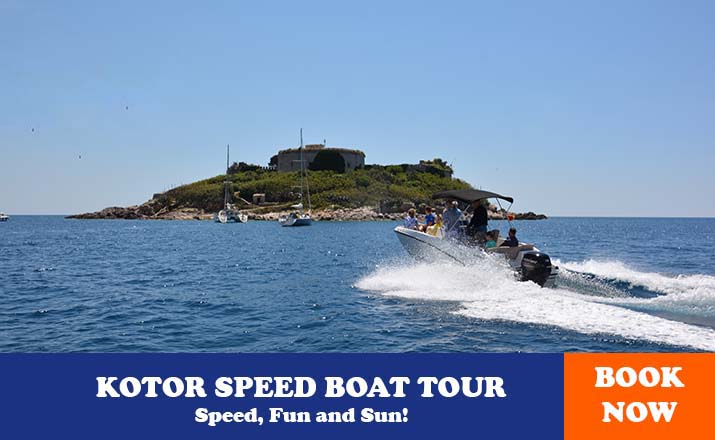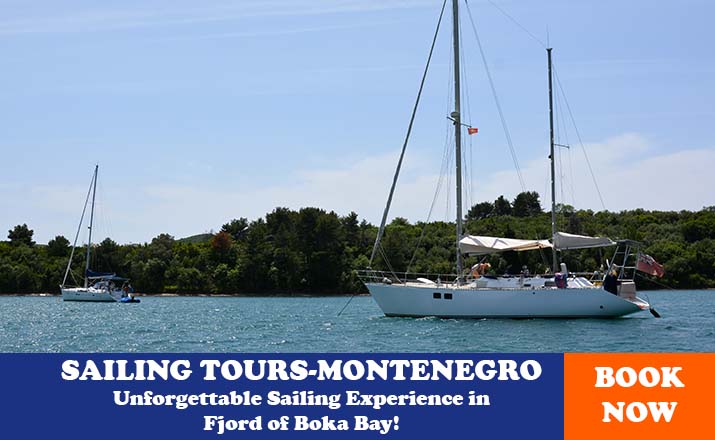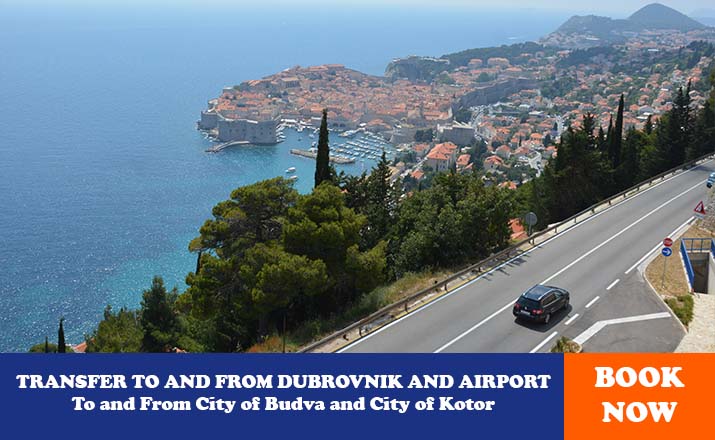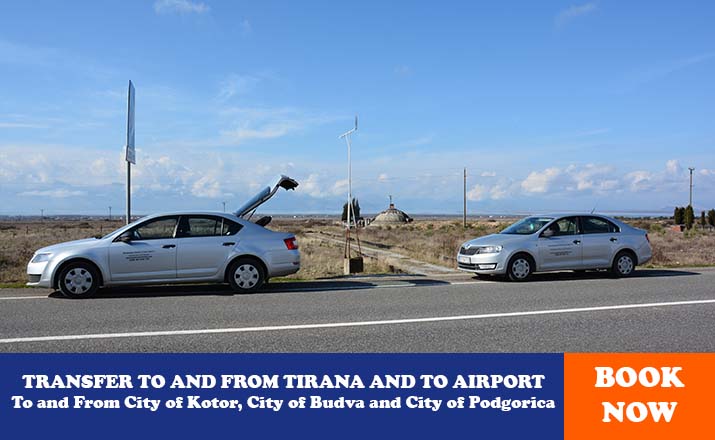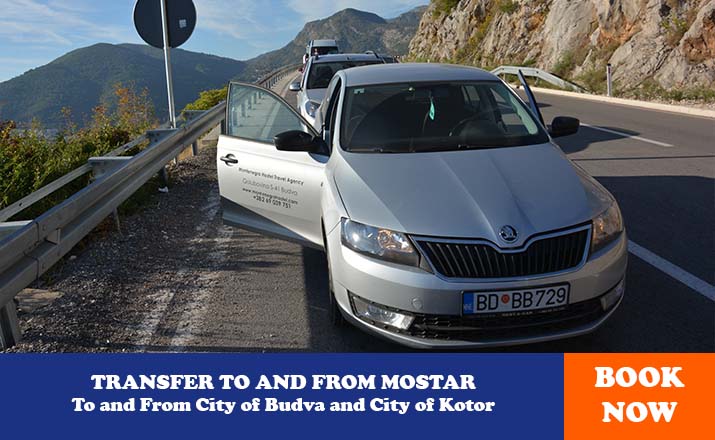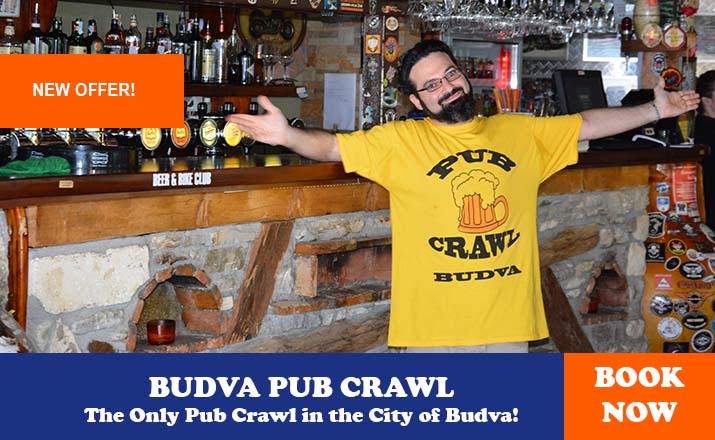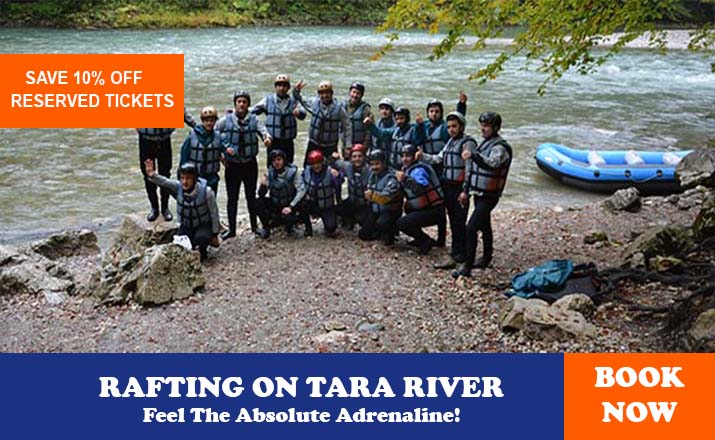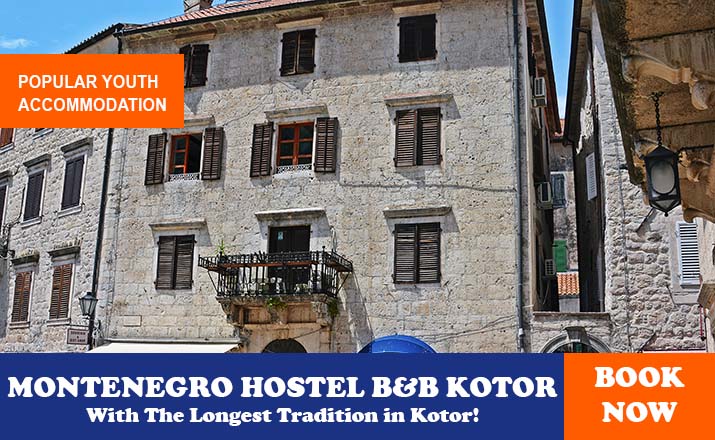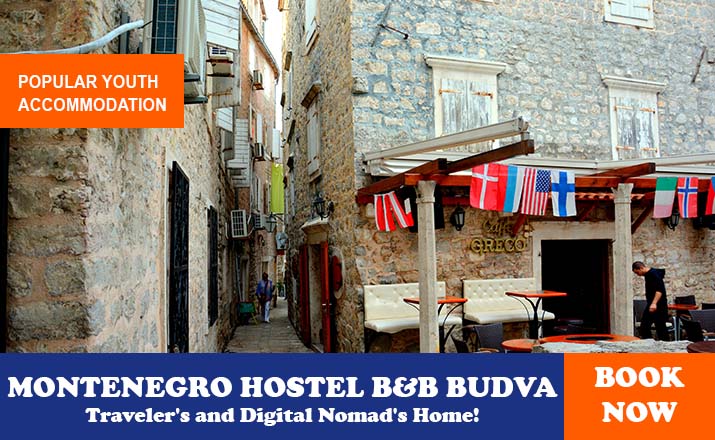ABOUT LOVCEN NATIONAL PARK
LOVCEN NATIONAL PARK
Mount Lovćen is the utmost symbol of its defiance of its enemies and its permanence. If one bears in mind that its wooded slopes served as the last retreat for Montenegrins in times of war, while its high stone peaks are the first glimpse of Montenegro a visitor would see coming from the sea, the mountain’s symbolic value is clearly understood. Furthermore, Lovćen is in all probability the “Black Mountain” that gave Montenegro its name. The highest peak is Štirovnik (1749m), topped by a TV transmitter, but it is its second-highest Jezerski vrh (1657m) that holds more importance as the last resting place of the country’s national hero-Njegoš. The area around the principal peaks constitutes the Lovćen National Park. The whole of its karst scenery is dotted with fissures and pits, giving it a distinct look.
Due to the height difference on its steeply ascending sides, there are several zones of different plant habitation. One more reason for the variety of plant life in Lovćen is the influence of both the Mediterranean and the sub-continental climate. Around 60% of Lovcen National Park is covered in forest, with birch dominating, while on the north face of the mountain grows the Bosnian pine. In contrast to plant life, there are very few animal species here, mainly due to the mountain’s lack of streams and lakes. Mammals are mostly rabbits, wolves, and foxes. With regards to birds, there are mostly partridges, quails, and wild pigeons. Also, several reptiles and snakes are living here.
The most usual way to reach the national park is by winding road from Cetinje. The hub of tourist activity is Ivanova Korita (14 km from Cetinje), a wavy upland known for its exceptionally clean air and water, and is mentioned in one of the most popular folk songs of Montenegro. A small hostel for schoolchildren, a mountain hut, restaurants, and the visitors’ center are located here. By the visitors’ center is a group of busts representing all the rulers of Montenegro from the Petrović-Njegoš dynasty. Nearby is also a large threshing floor and the humble chapel erected by King Nikola. By far the most important monument of the national park is the Njegoš Mausoleum atop the Jezerski vrh (21 km from Cetinje, open from May to mid-November).
Already during his life, Njegoš decided upon the idea of being buried here, at the top of the magnificent mountain from where he watched Cetinje many times and where he often came to contemplate the work and his life. He built a small round church in 1844 and pleaded with the Montenegrins to disregard tradition and take his body here after his death. His wish came true in 1855. The church remained undisturbed by all but rare pilgrims visiting his grave until WWI, when it was damaged in the fighting. The Austro-Hungarian forces decided to destroy this symbol of Montenegro and build a giant statue in remembrance of their victory, but they failed to carry it onto the mountain peak. In 1925, King Aleksandar of Yugoslavia rebuilt the church with some minor additions. However, in the late 1950s, a new initiative appeared to tear down the “Aleksandar’s Chapel” and build a mausoleum worthy of Negoš’s importance. The controversial plan met with fierce opposition and started heated discussions that lasted for years. Finally, the church was pulled down, and the present-day mausoleum was opened in 1974.
The farthest point reachable by car is a very small parking space beneath the top, which can be overcrowded. Next to it is a restaurant, while above begin the 461 stairs leading through a tunnel to the top of the mausoleum. Croatian sculptor Ivan Meštrović made Njegoš's sculpture, inspired by the style of antique shrines. Its first part is an atrium of black marble with a symbolic well in the middle. Facing the entrance of the atrium stand two giant caryatides dressed in the national costume of Montenegro. Behind them, one enters the mausoleums, highlighting the gold-covered room with the grandiose monument to Njegoš (weighing 28 tons), who stands represented in a pose of reflection, with one eagle sheltering his back. Directly beneath the monument is the small crypt with Njegoš’s grave. On the other side of the mausoleum is a path snaking along to the round viewpoint. On a clear day, one can see almost the whole of Montenegro, and its rocky landscape, waves upon waves of hills and crags, as well as Skadar Lake. After a short ride down from Jezerski vrh, take the first road to the right leading around Štirovnik, where you will reach the side of the mountain facing Boka Kotorska with excellent viewpoints. The road ends in the Njeguši village, nowadays famous thanks to smoked ham (prosciutto).
FLORA AND VEGETATION
The geographical position of Lovcen and the mountainous climate strongly influenced by the Mediterranean and continental climates caused the development of different types of vegetation and diverse flora from the Mediterranean to the Alpine. The main characteristic of the relatively sparse vegetation of Lovcen is its pronounced height stratification, with five vegetation zones within the 10 communities of potential natural vegetation. Forest vegetation occupies 70% of the total surface of the national park. Above shrubs and low forests of hornbeam, there is a belt of beech forests, and above them a community of whitebark pine. The remaining 30% of the national park dominates the vegetation on the rocky pastures. On the barren highest peaks of Lovcen, above the subalpine beech zone, develops vegetation of mountain meadows.
The Lovcen massif flora comprises about 1,300 plant species, including a large number of endemic species with narrower and wider distributions, rare plants, medicinal, aromatic, honey, and decorative plants. Endemic species: Lovćenski bellflower, blue Lasinja, Federico's partridge, Huter peppers, Katanijev lily, gentle fritillary, etc. Aromatic and honey types: wormwood, grass, willow, lemon balm, oregano, immortelle, yarrow, St. John's wort, nightshade, juniper, white hawthorn, and many others.
CULTURE
The cultural and historical values of Lovcen are characterized by a diverse architectural heritage-Memorial complex, sacred and secular village architecture, and technical facilities are concentrated in the wider area of the villages Njeguš and Ivanova Korita. In Njeguši, in the hamlet of Erakovići, is the memorial house of the Montenegrin dynasty Petrovic. The sacral architecture of Njegusi symbolizes the modest village church, with simple architecture. By the mid-nineteenth century, the spirit of folk architecture was the basis of single-nave churches, with one-piece or three-piece belfries. Mostly, they were built between the fifteenth and nineteenth centuries.
On the vast territory of NjegušI, the architectural heritage characterizes stone houses with wine cellars, barns, threshing floors, etc. The particular architectural and environmental significance of the old caravan route, which passes over the mountain range extending from Njeguši to Kotor. The time Austro-Hungarian rule left a valuable infrastructure facility, a famous road of 25 serpentines with stone retaining walls, which connects Kotor and Njegusi.
Montenegro Hostel Team

